Fragments: the remains of the war
Salerno War Cemetery
The Salerno War Cemetery is a war grave cemetery located a few kilometers south of Salerno, in the commune of Montecorvino Pugliano. Here lie the remains of 1,846 soldiers who fought in the battle of Salerno, coming from Commonwealth countries, in addition to other 107 servicemen whose nationality is unknown.
The cemetery was designed by Louis de Soissons, an English architect of French origin, who lost his son during the landing. It is run directly by the Commonwealth War Graves Commission and among the fallen soldiers there is also Henry Valerian George Wellesley, 6th Duke of Wellington, who was killed in action, aged 31, in Piegolelle, on 16 September 1943, while he was leading a troop in (Royal Marines) No. 2 Commando.
Fondo personale Carmine Gioia – the Queen Mother visits the Salerno War Cemetery
Air-raid shelter in Battipaglia
“Victor Emmanuel III, by the grace of God and by the will of the nation King of Italy, Emperor of Ethiopia seen the, n. 2, of the law 31 January 1926-iv, n. 100; considered the urgent and absolute need to establish the obligation to prepare an air-raid shelter in each new building for residential use“
This is the beginning of the Royal Decree-Law 24 September 1936-XV n.2121, which imposed the construction of shelters in every new building. The construction of the Town Hall of Battipaglia (the town was granted the status of independent municipality only in March 1929) probably led to the building of a shelter in the opposite square. The building expanded in one direction all the way up to the railway station, whilst on the other for over 500 meters, therefore it was a large and important work. In this day and age, a small part of that structure can be visited, about 30 meters long, with two rows of opposite seats under a vault that is about 2 meters high.
“Explosive” legacy
The massive bombings of 1943 left an inconvenient legacy in the area, that is probably not fully disclosed yet. In 2019, a 250 lbs British-made unexploded ordnance was discovered in the immediate outskirts of the town, the removal of which entailed the evacuation of more than 30,000 inhabitants of the town of Battipaglia. The bomb was removed on 8 September 2019 thanks to the 21st Engineer Regiment of the Brigade Garibaldi. They subsequently gave the envelope of the defused device to the town as a gift.
The tobacco factories
Tobacco factories were one of the places used by the Germans to organize their resistance. They even represent, in the whole narration of the landing, a story within a story, specifically named “the battle of the tobacco factories”. Positioned in different areas of the Plain, these buildings were the scene of important battles from Pontecagnano to Battipaglia, up to Capaccio. Oftentimes, only the desolately unused vestiges of these large facilities remain nowadays, which were essential for the local economy also during the post-war period.
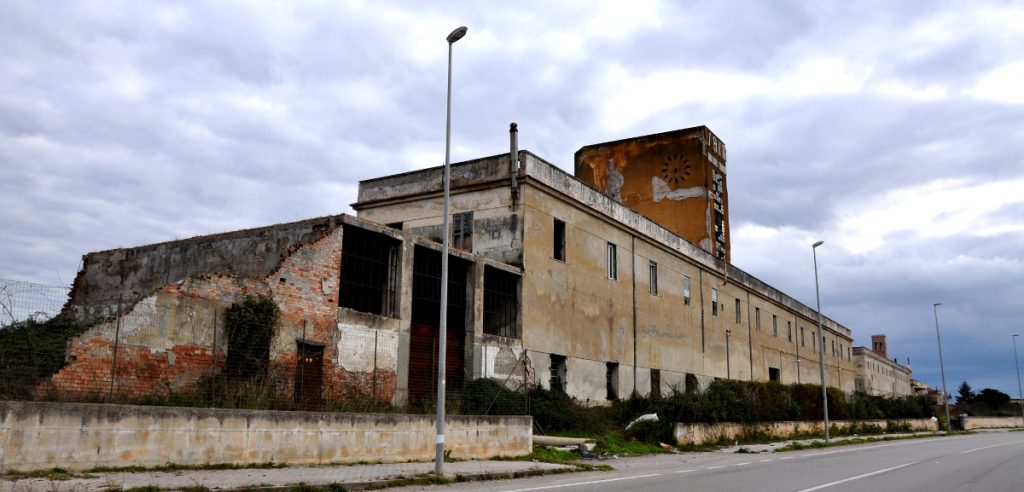
The war relics
In the province of Salerno, there are some associations that carry out essential actions of research and conservation of the historical heritage concerning the war conflict of 1943. Numerous artifacts, found by these associations, are exhibited at the State Archives, the MOA of Eboli, and at different displays for specific occasions.
Their activity achieves some results, even particularly significant from an emotional point of view, such as the discovery of the mortal remains of soldiers belonging to the opposing factions who fought in Salerno.
Collection Salerno 1943 Association, at the Salerno State Archives
Salerno 1943 is among these associations and precisely because of their work it was possible to identify the remains of some fallen soldiers, whose identity was even revealed thanks to DNA tests. Over the past few years, it has been made possible to give them a proper burial in the presence of family members.
The collection showed in this page is exhibited at the Salerno State Archives.
Collection Avalanche 1943 Association
Avalanche 1943 is another association of enthusiasts that carries out research in the areas around Salerno in order to make the narration of the Avalanche operation ever more complete. Many of the finds are also exhibited at the MOA, Museum of Avalanche, in Eboli.
The submerged heritage
The territory is still strewn with war relics, as well as the sea.
The fishermen’s tales point out places where nets get stuck so as to recommend alternative passages. The most important wreck is certainly the one offshore from Castellabate, where the submarine Velella serves as a shrine to the 52 victims of its crew, but there are numerous places where boats and other wrecks lie.
The video here on the side refers to the noteworthy finding of a Sherman Duplex Drive, or rather, what must have been, in the Allies’ imagination, a strategic weapon for the aeronaval operations strategy.
It was a tank equipped with a sort of airlocked chamber that should have guaranteed its buoyancy. The discovery of this specimen in the waters of Battipaglia is a sign that things did not go as expected and, as a matter of fact, the effectiveness of this tank didn’t live up to the expectations. The one recovered in the Salerno area sank after the landing and it is one of the very few that are still functional, thanks to the restoration following its recovery. It is currently exhibited at the Museum of Piana delle Orme.
MOA, Museum of Operation Avalanche
The province of Salerno is the headquarters of some displays dedicated to the collection and conservation of relics and finds of the World War. Among them, in Eboli, the MOA, one of the rooms of which we can see in the photo on the right, houses a British-made artillery cannon.
The MOA collections are also enriched by relics belonging to private collectors who passionately gather materials scattered all over the territory.
Furthermore, in Salerno can be found the Museo dello Sbarco e di Salerno Capitale.


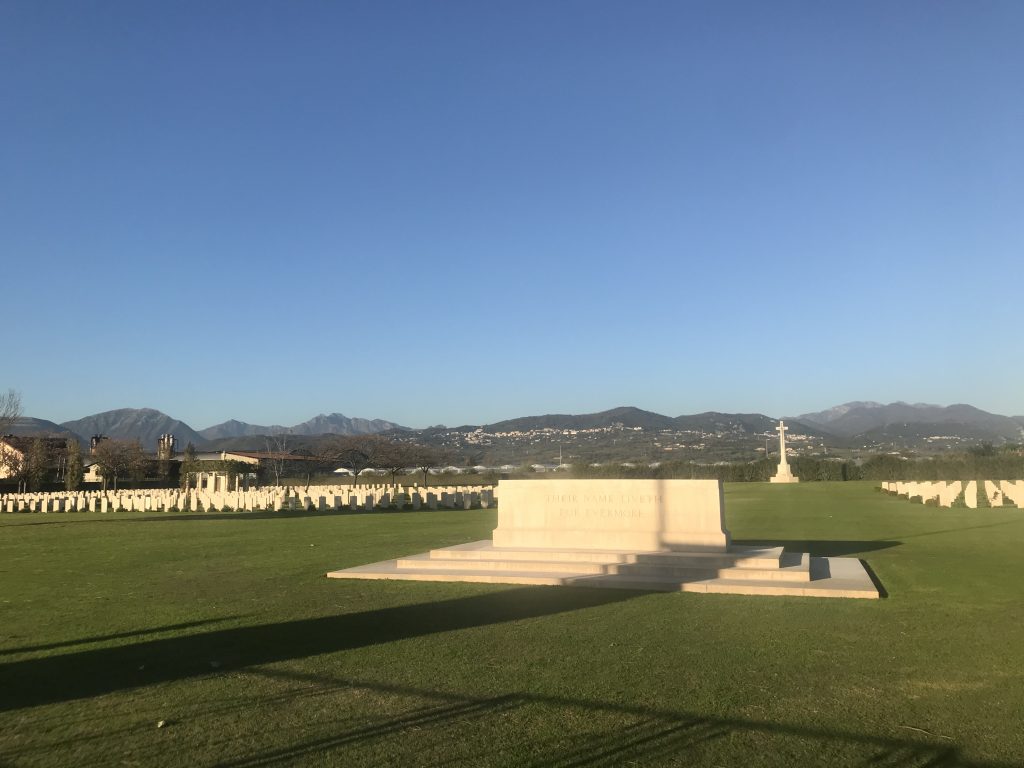
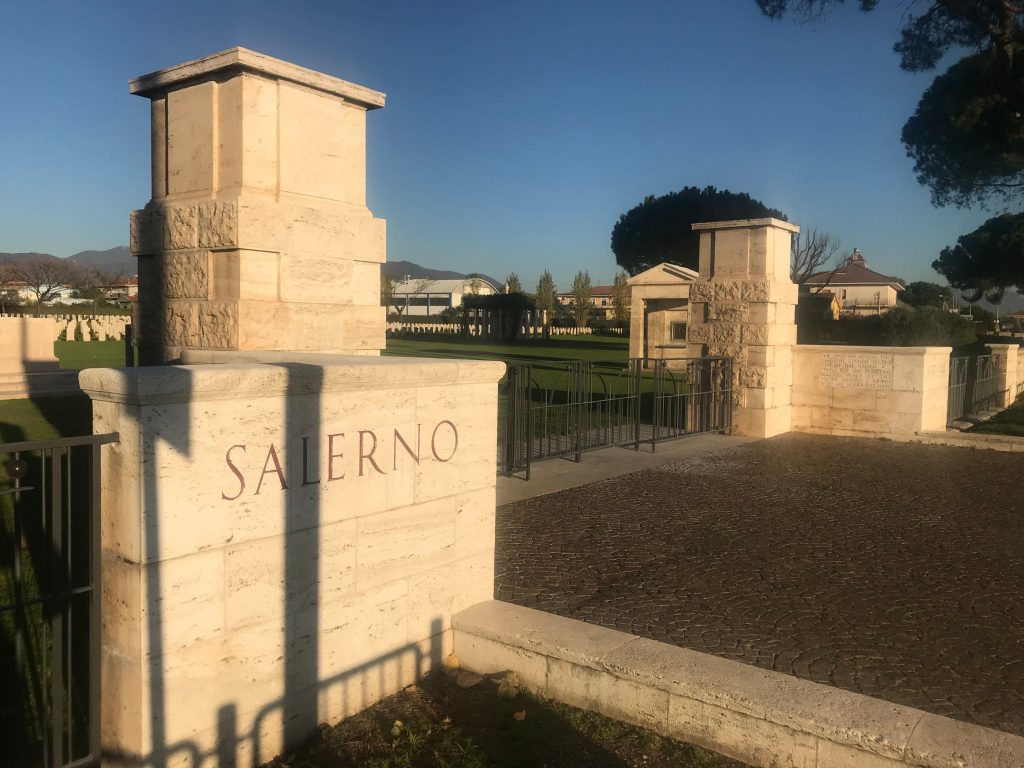
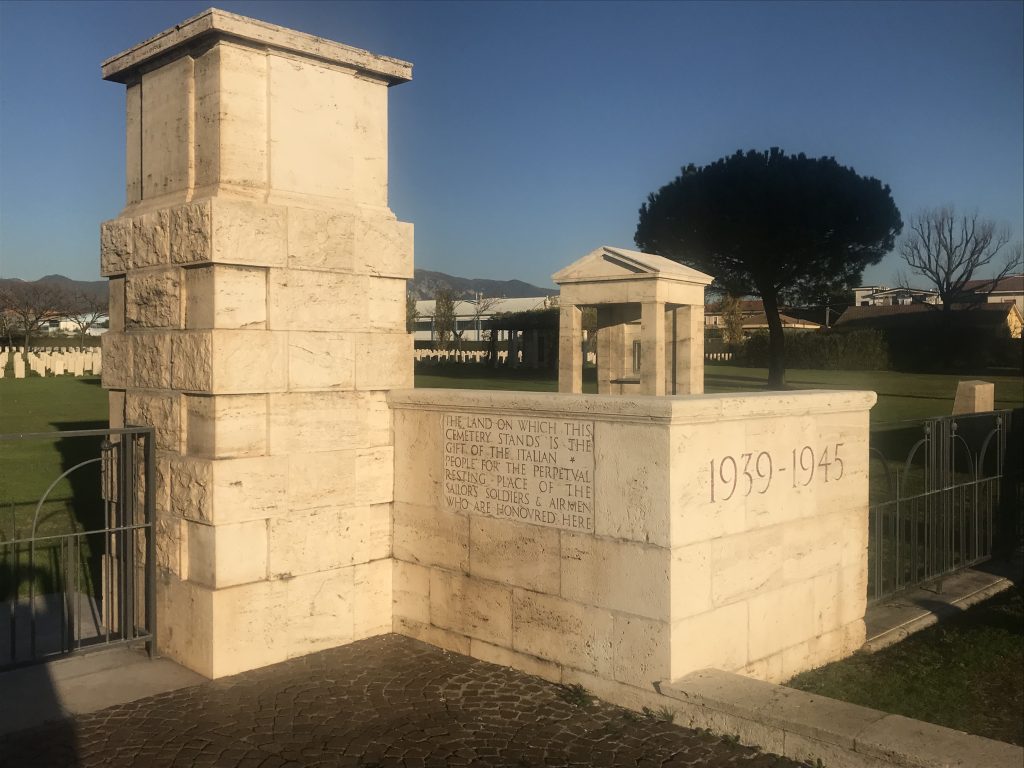
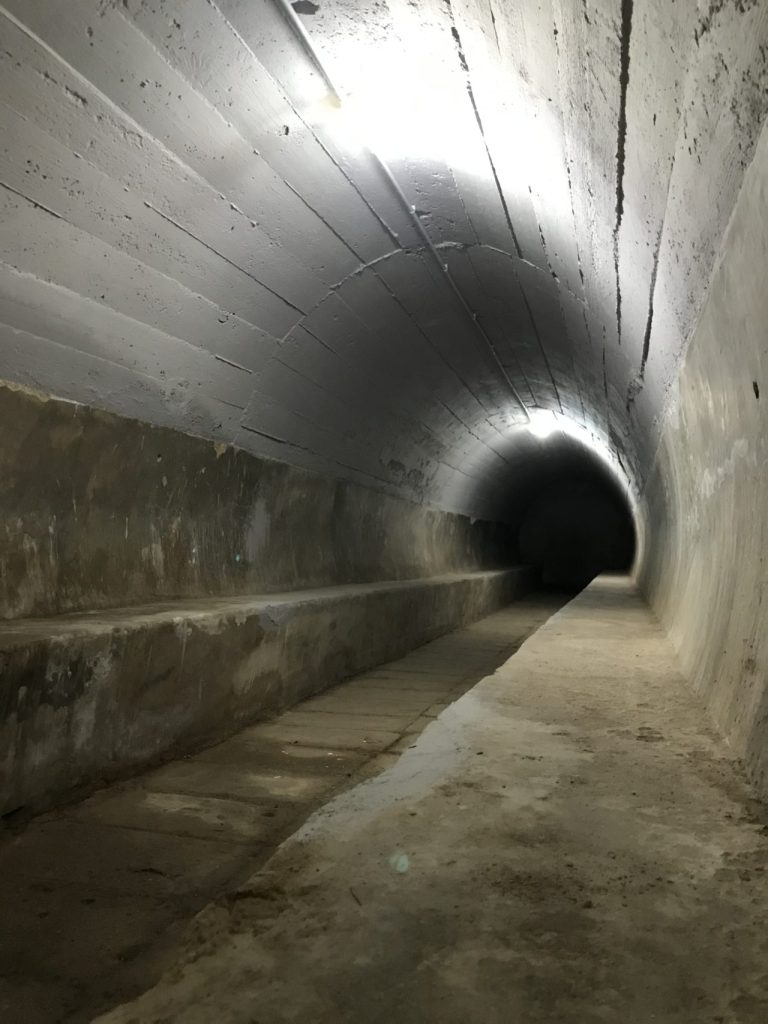
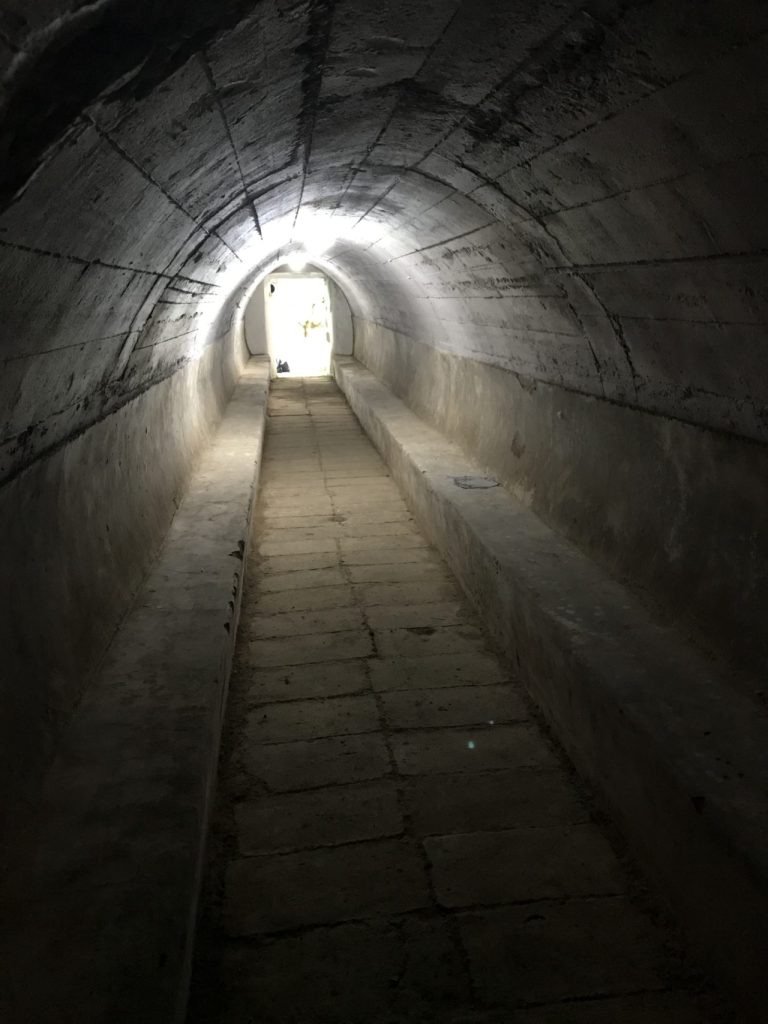
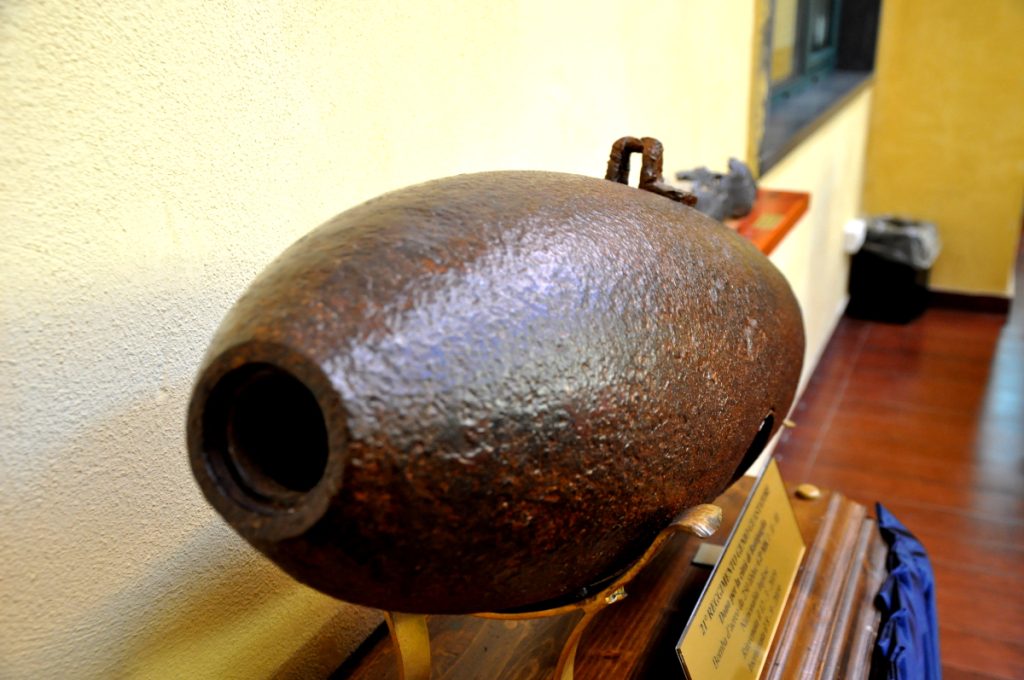
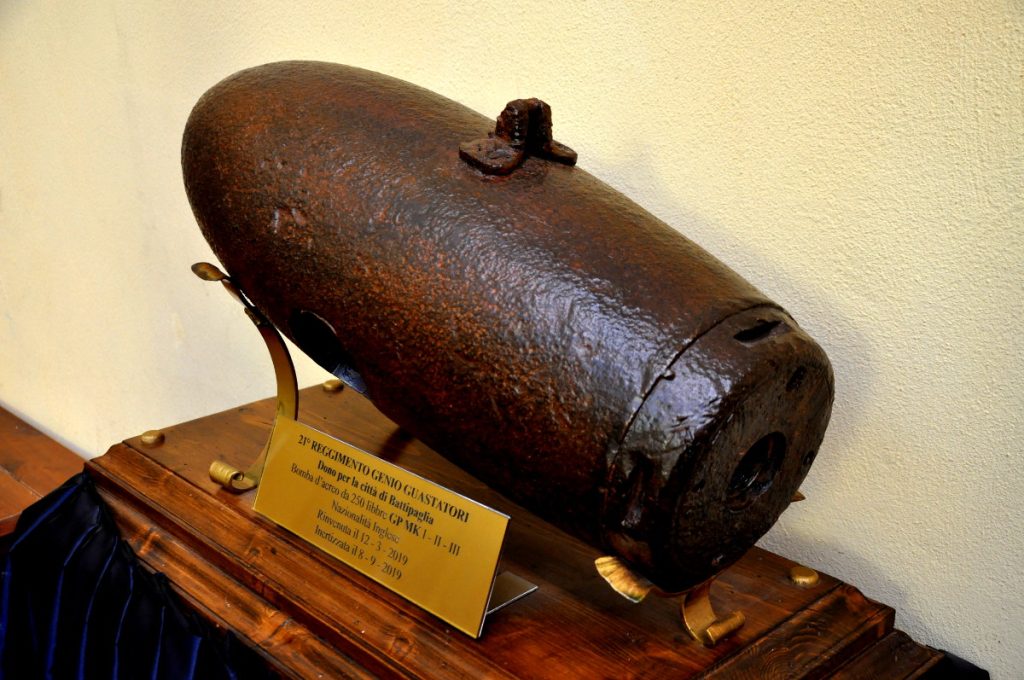
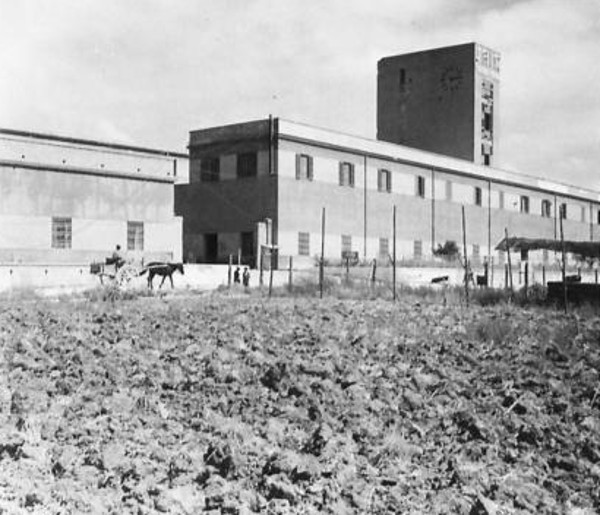
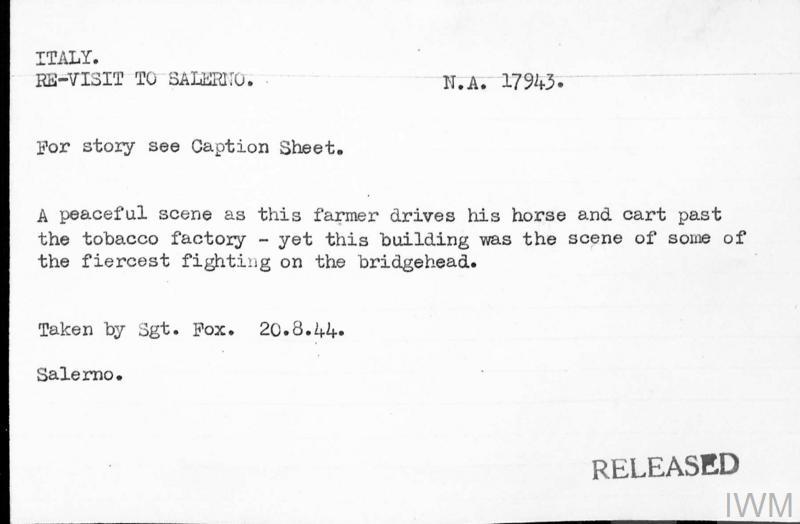
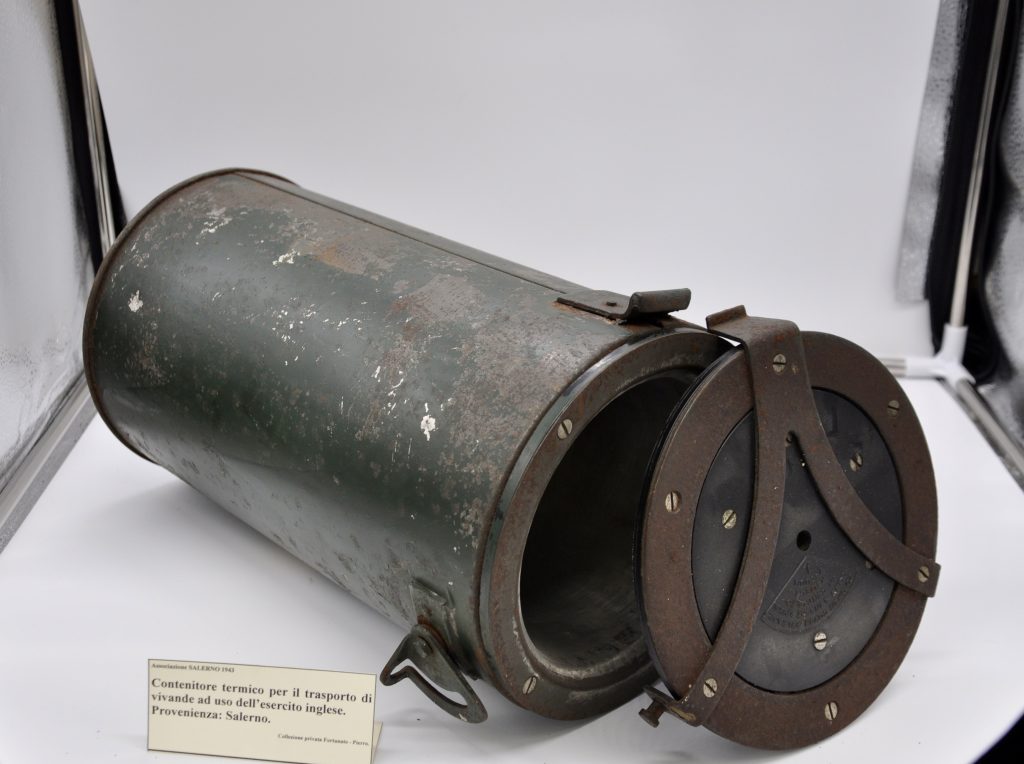
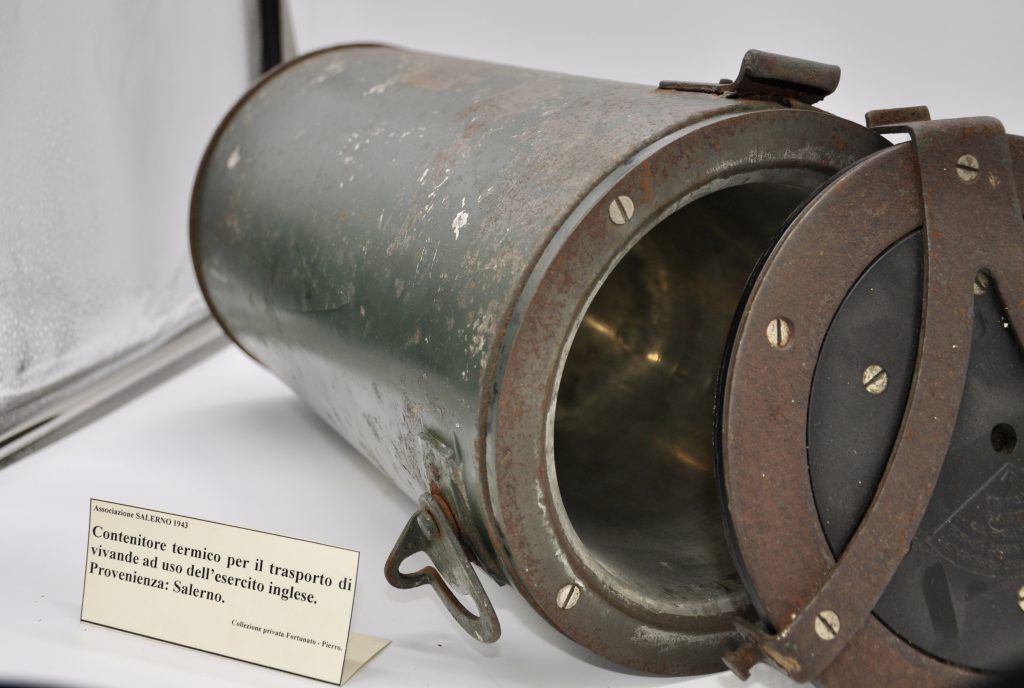
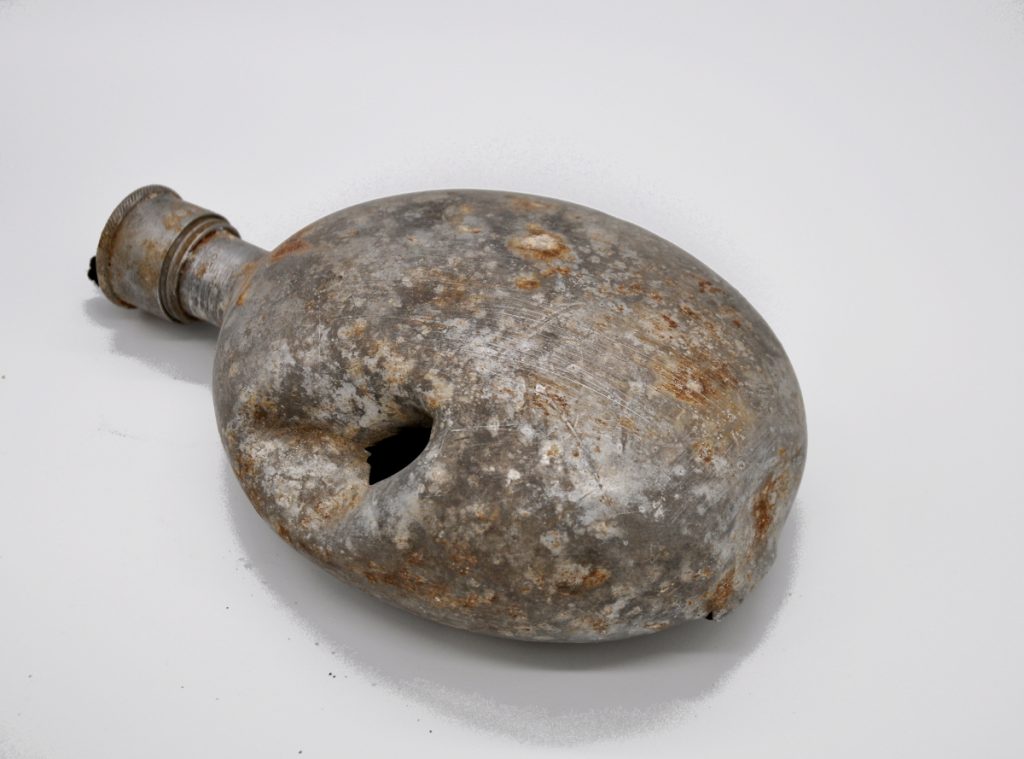
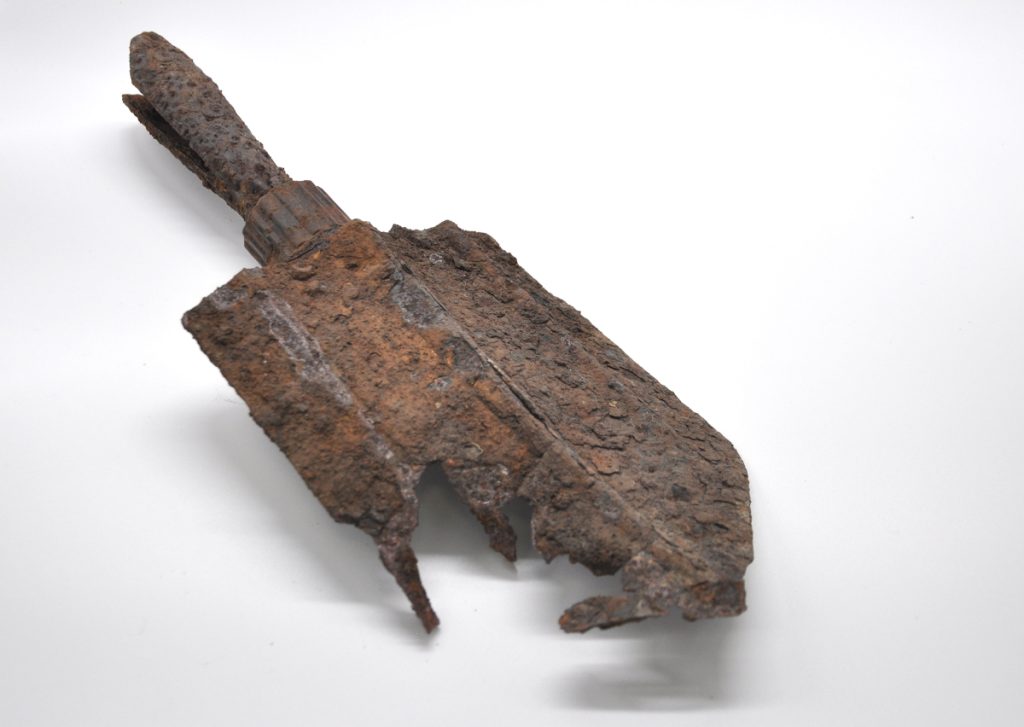
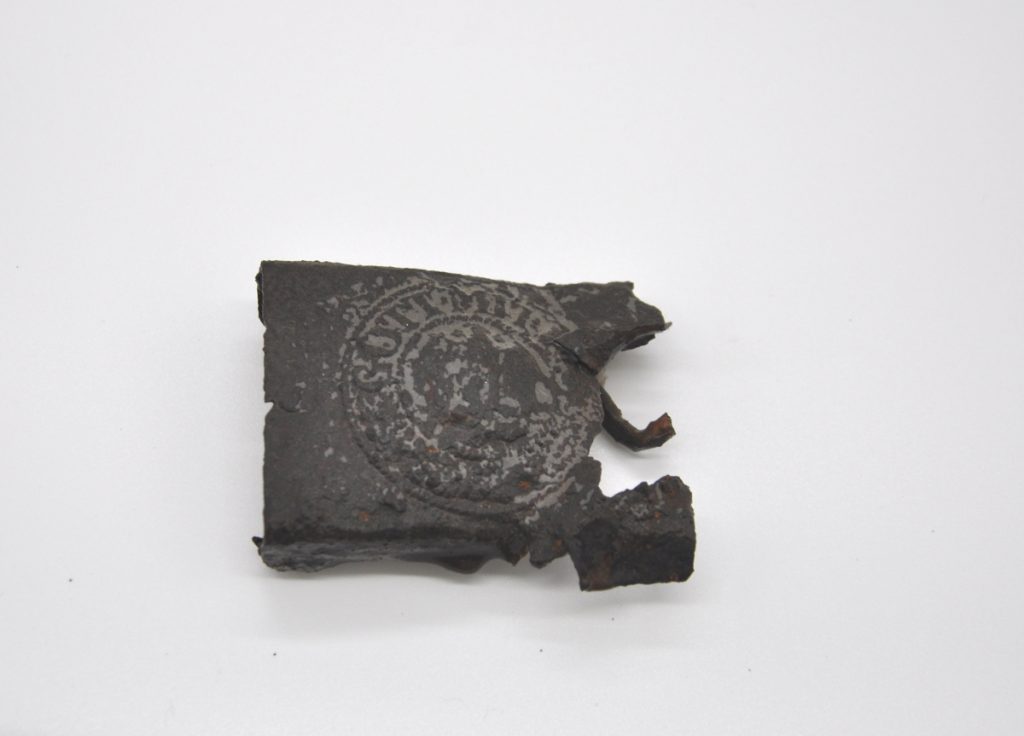
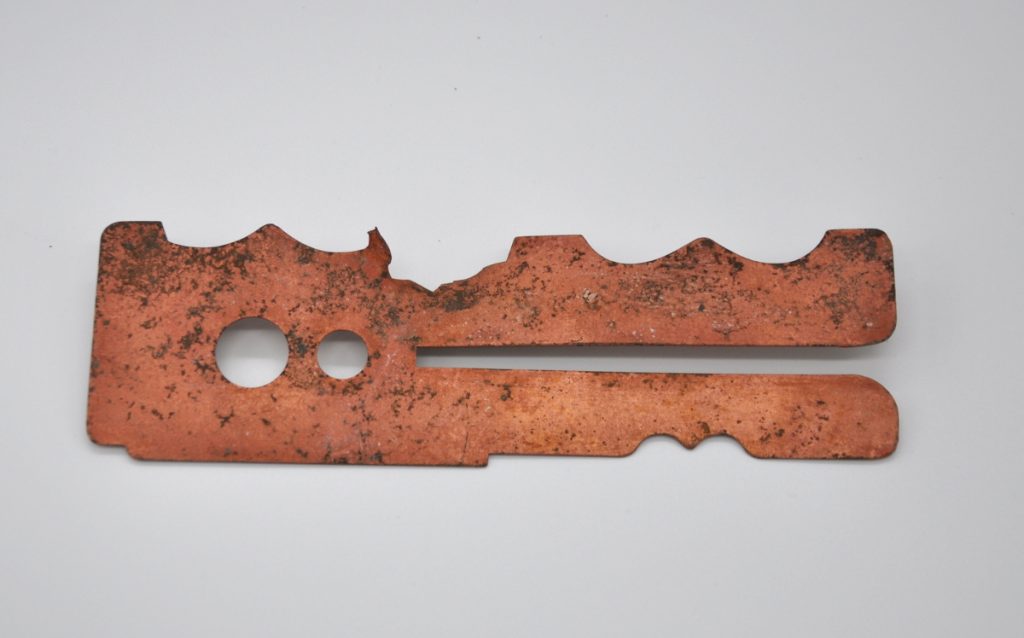
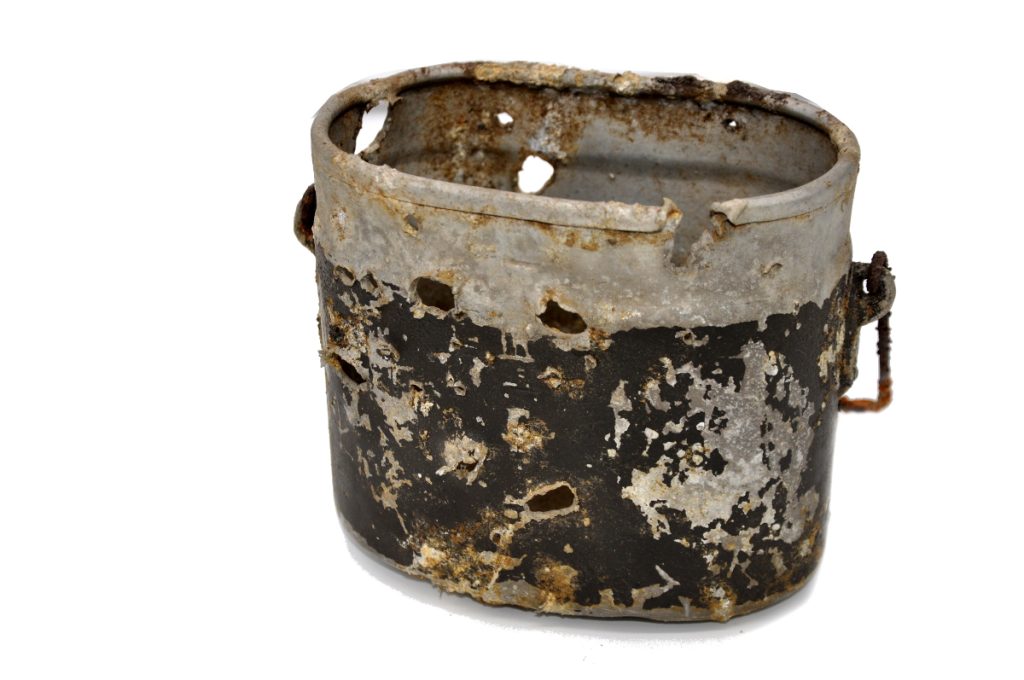
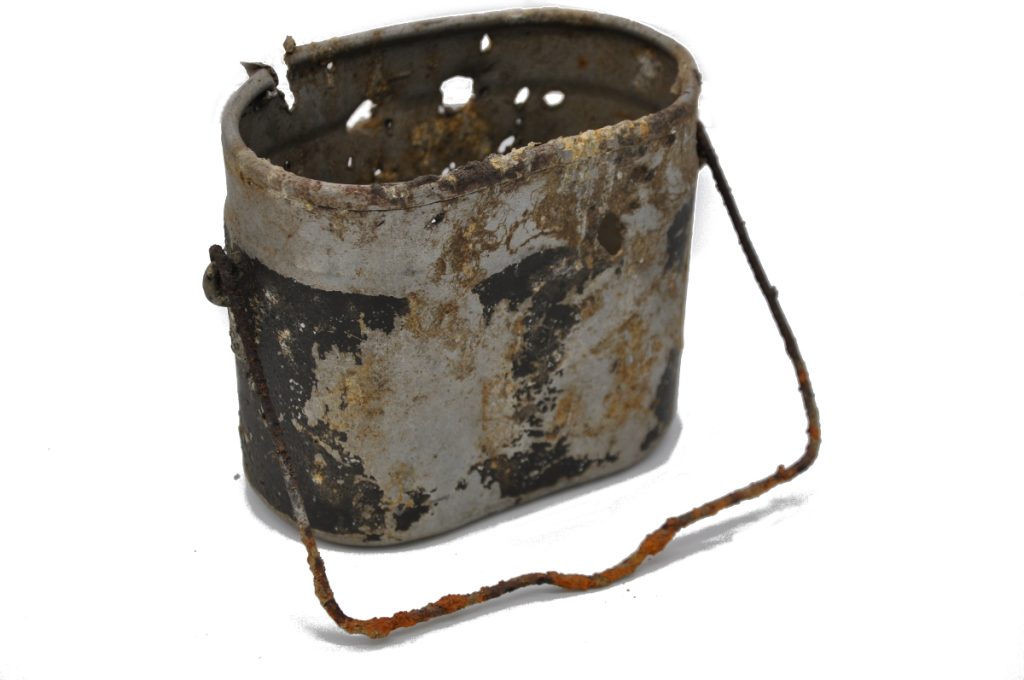
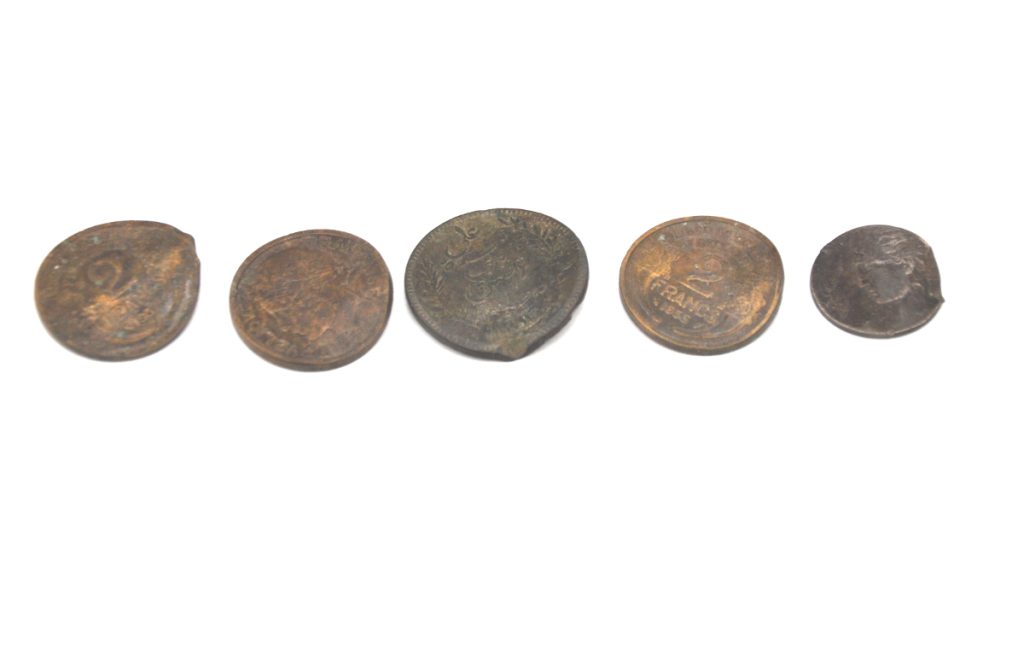
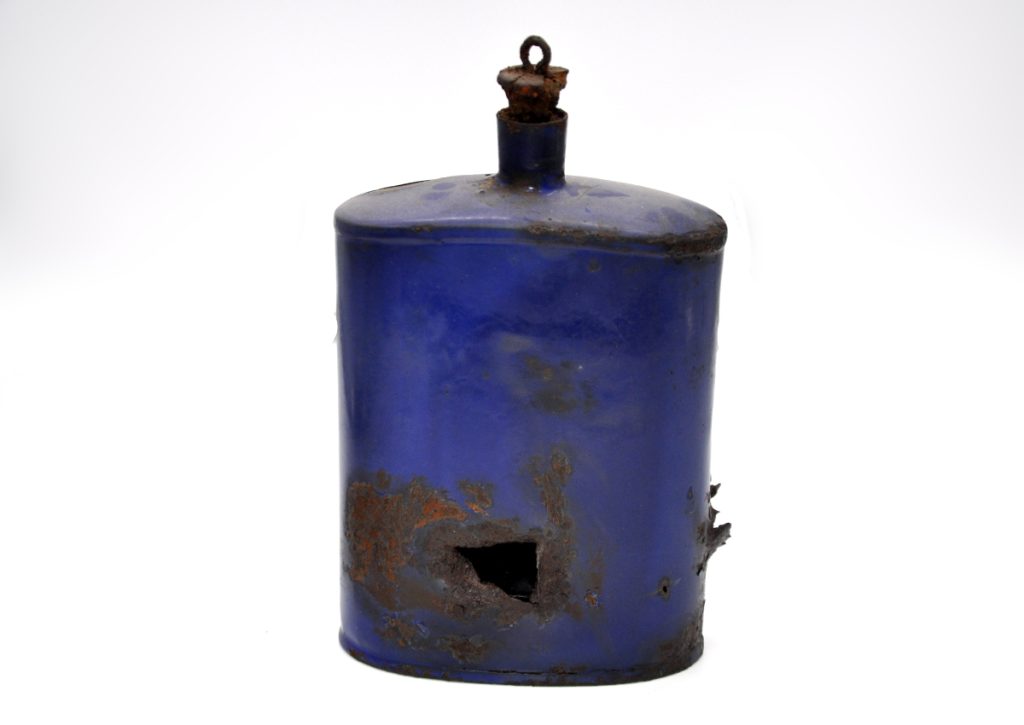
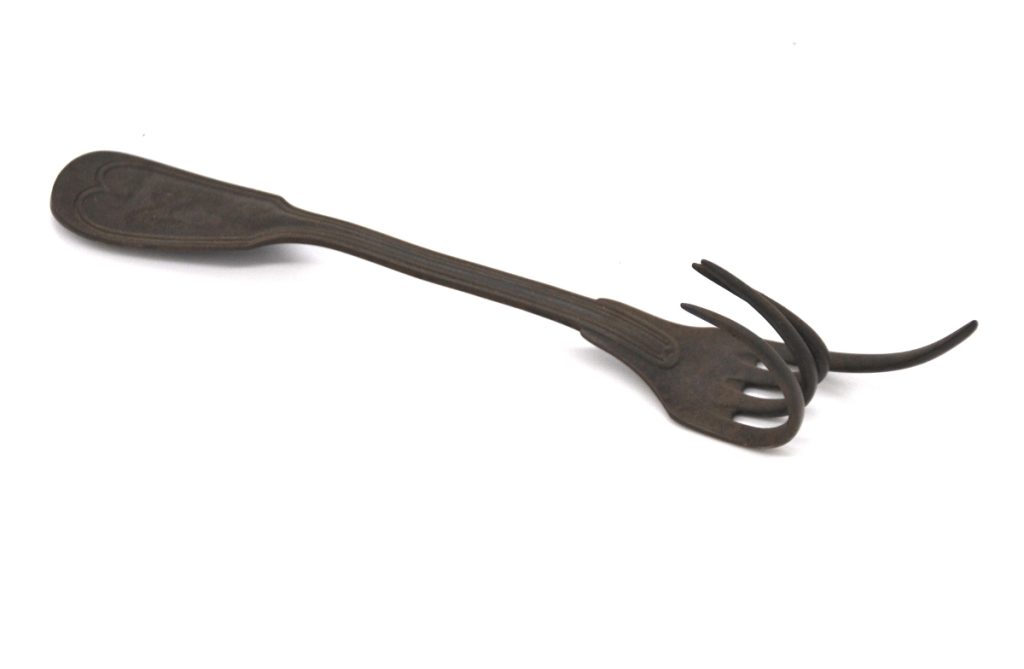
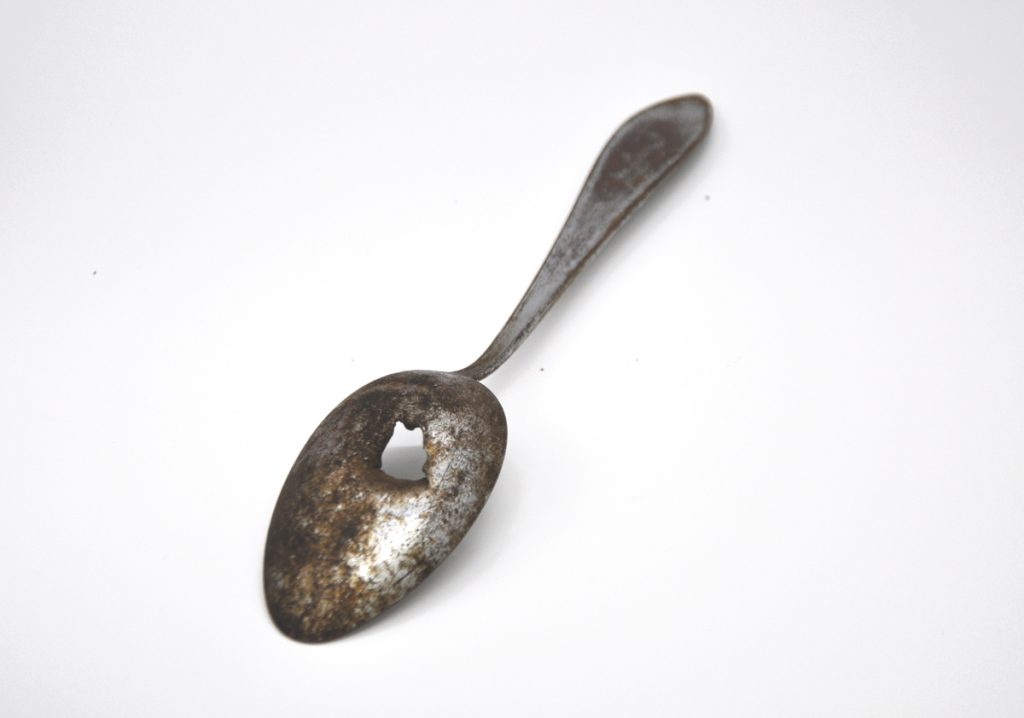
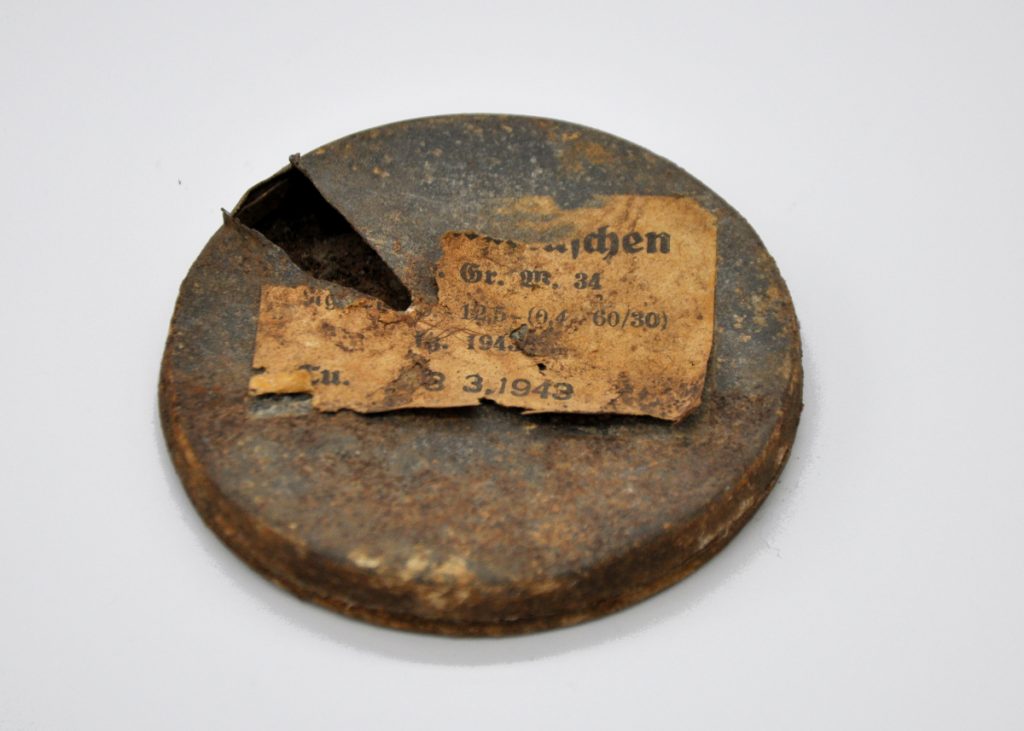
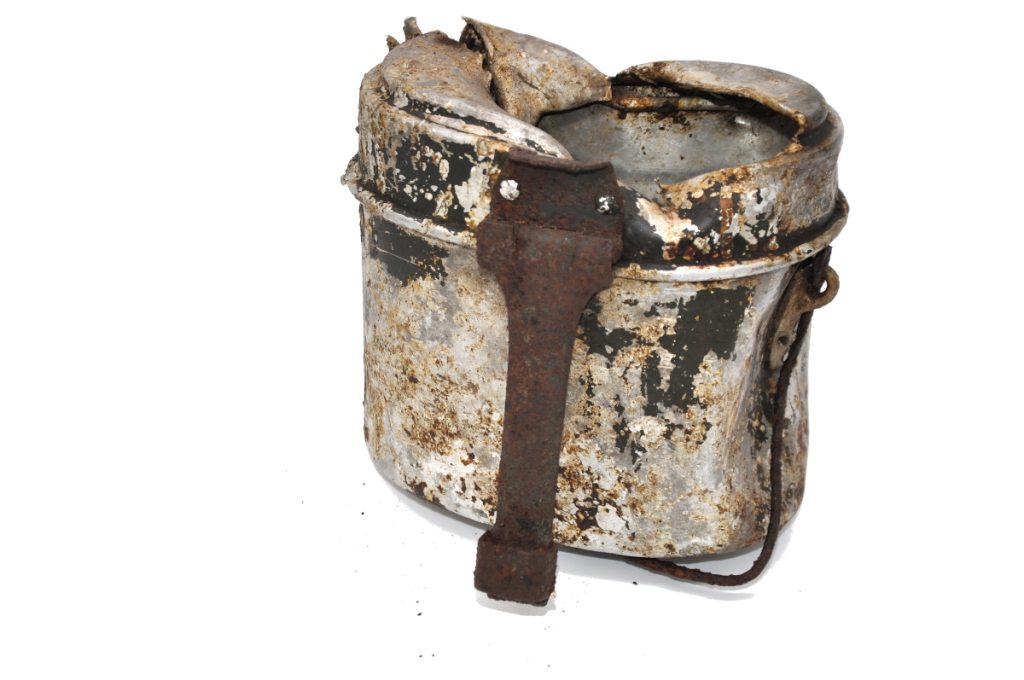
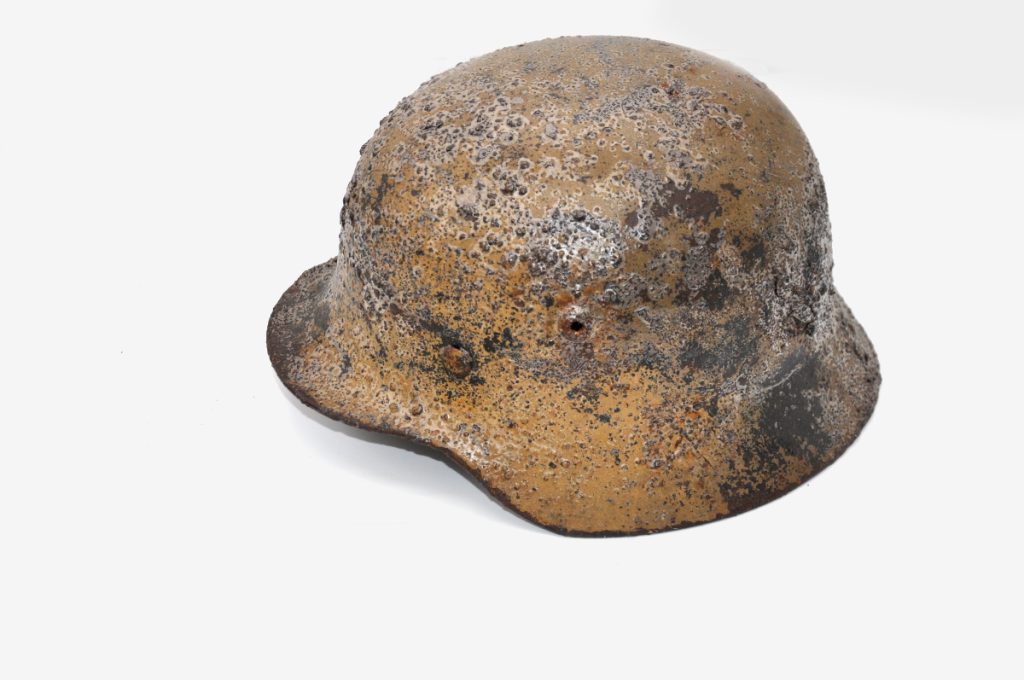

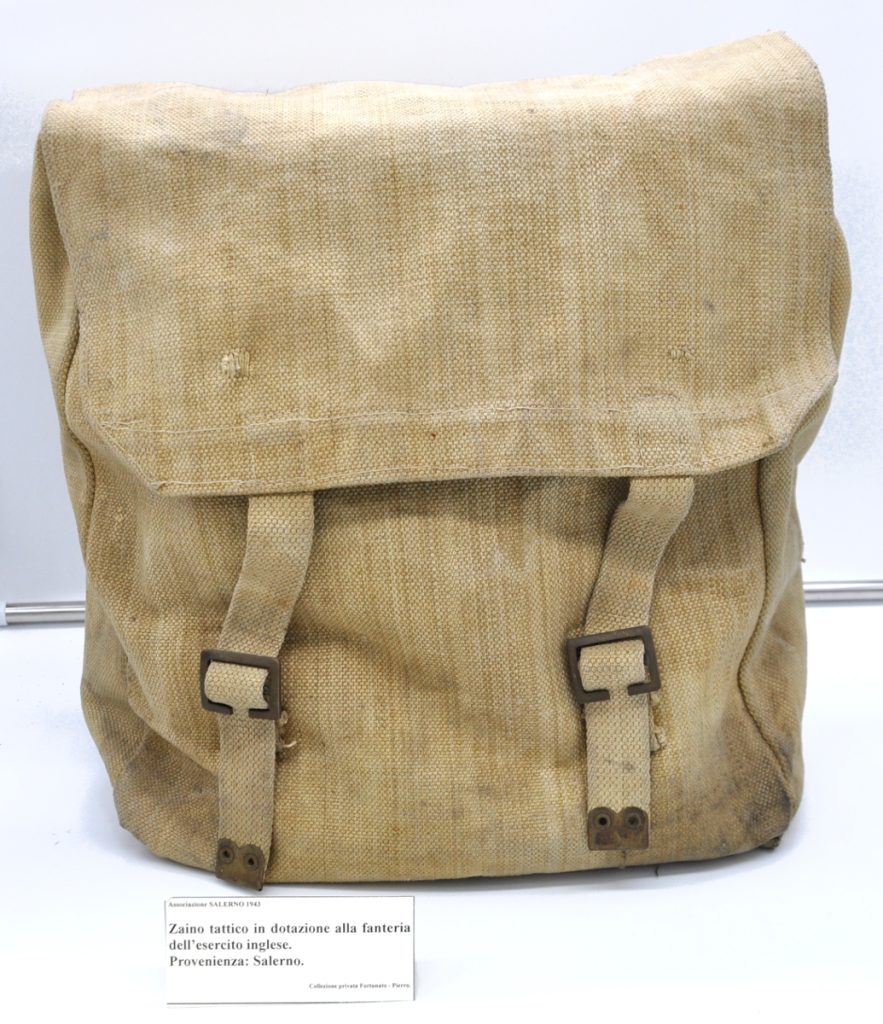
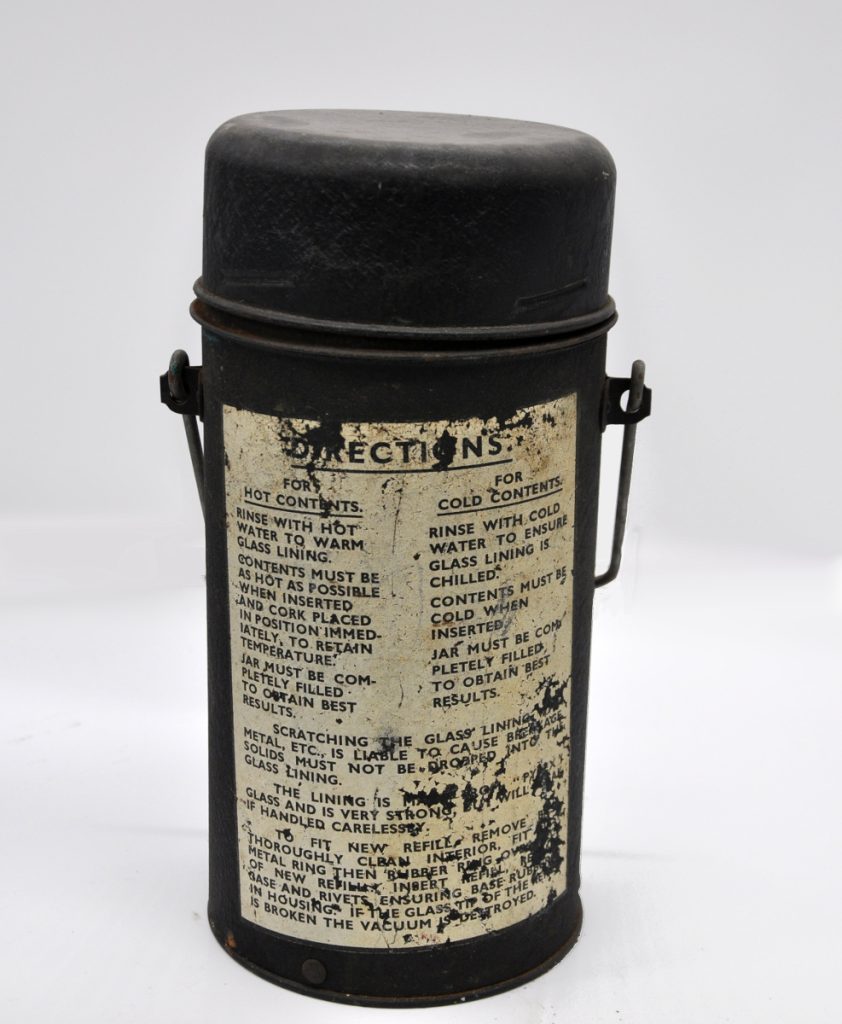
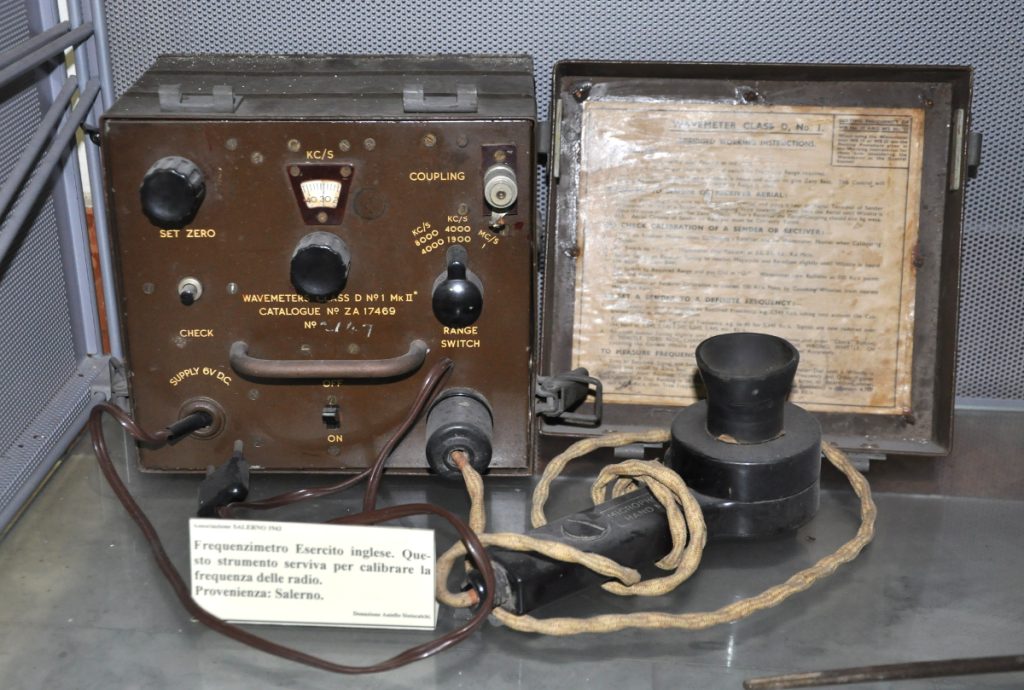

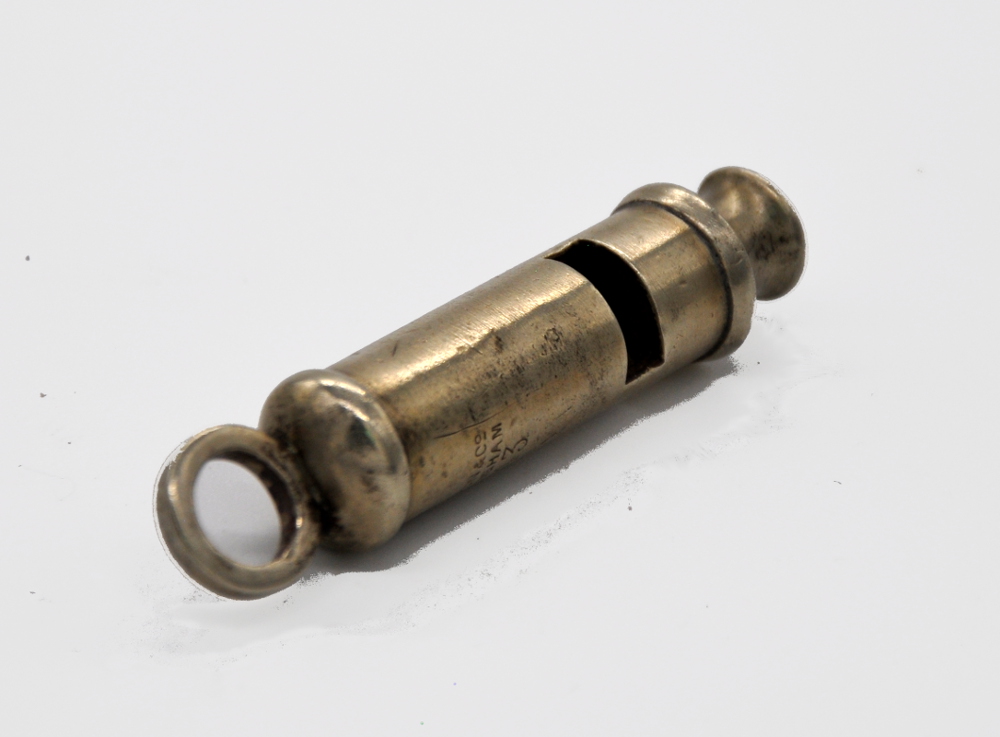
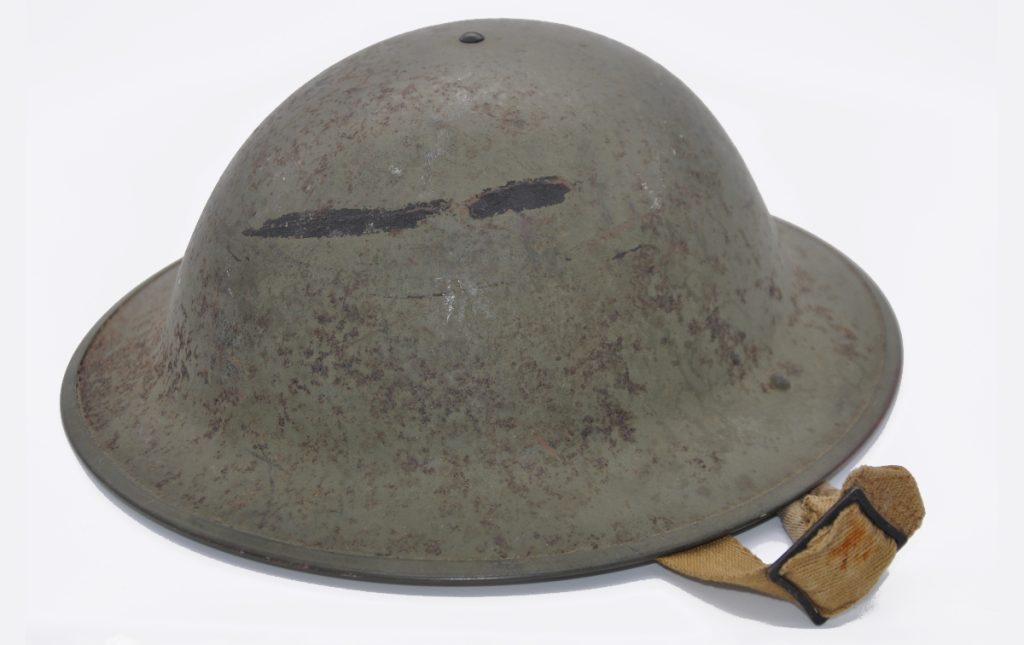
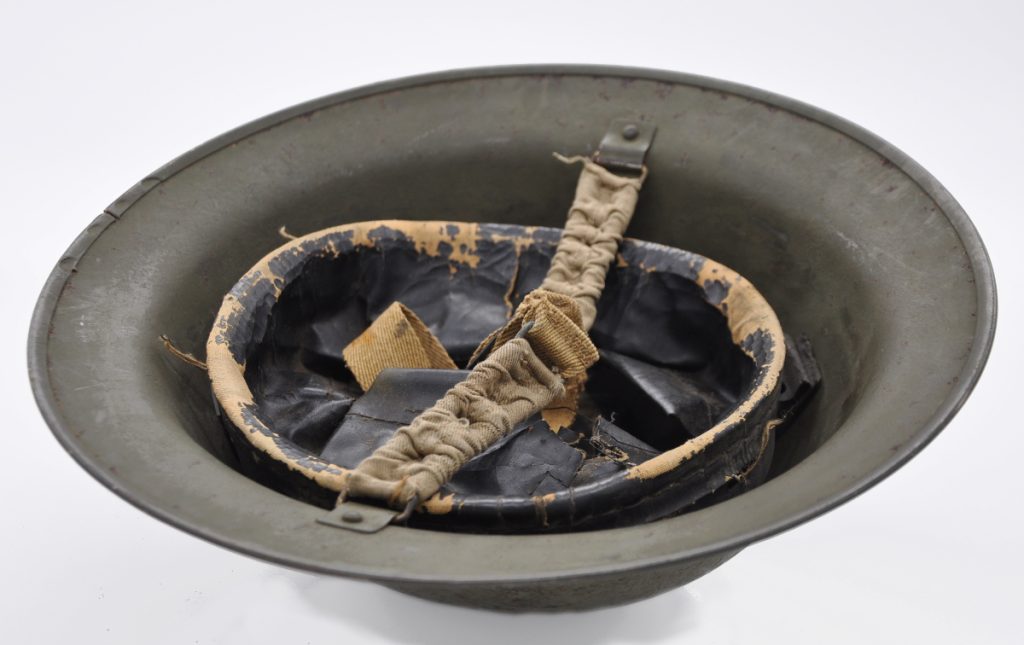
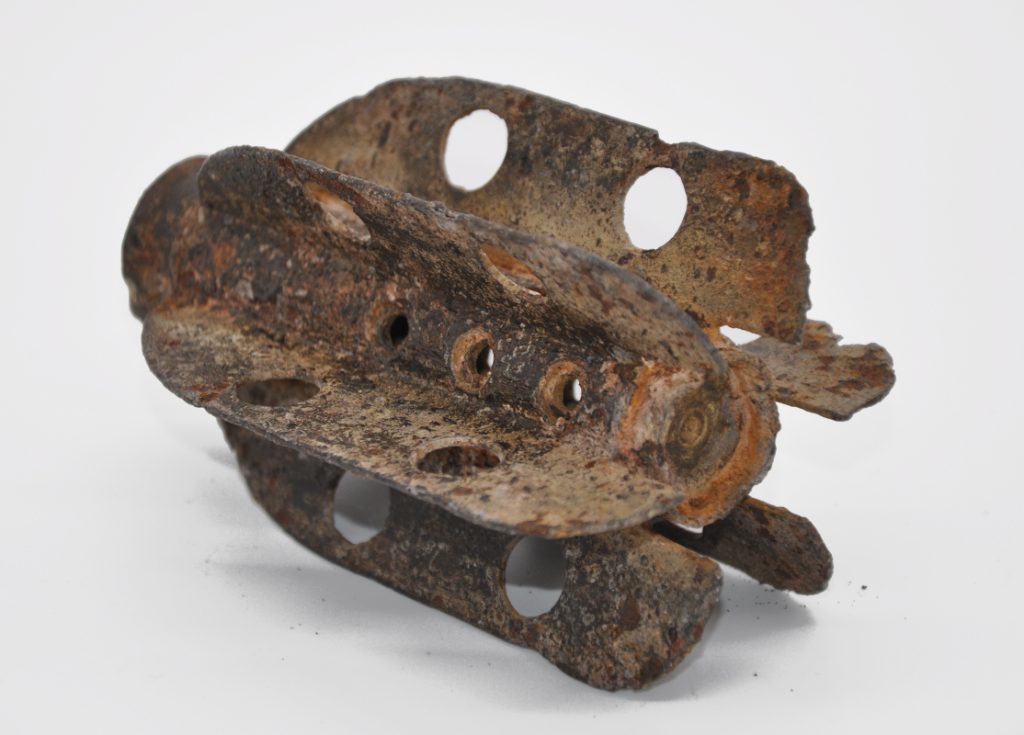
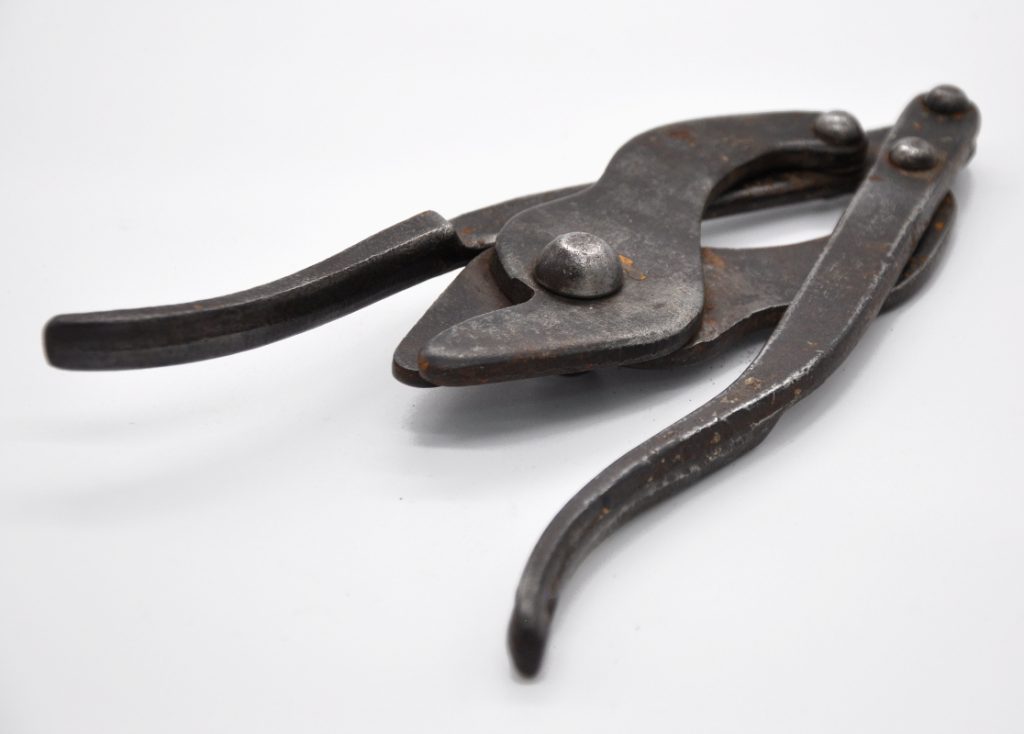
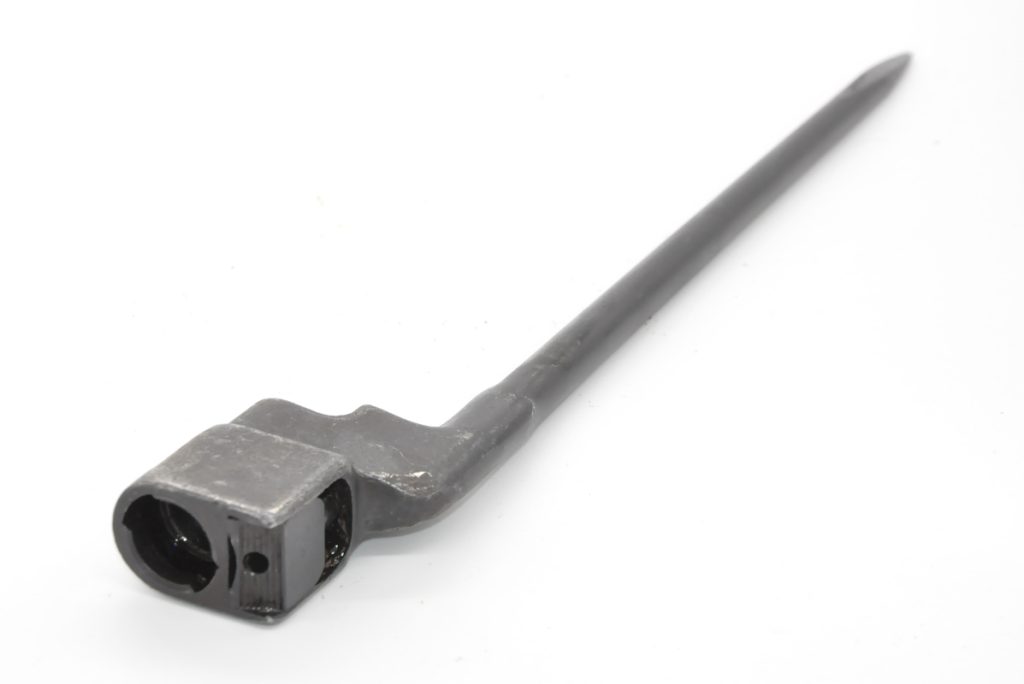
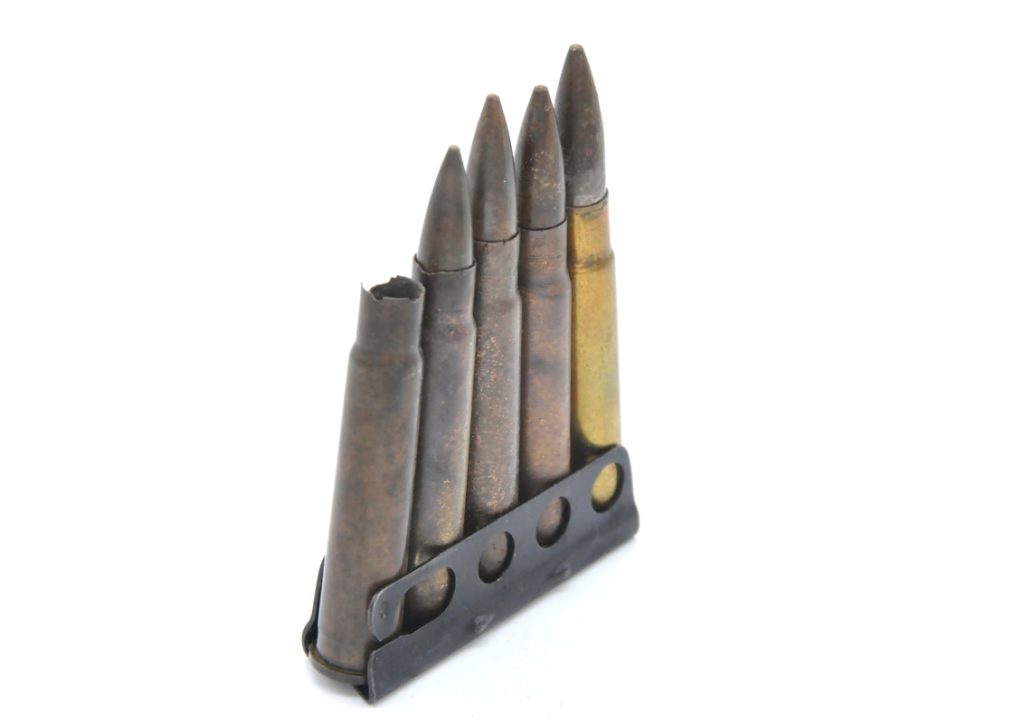
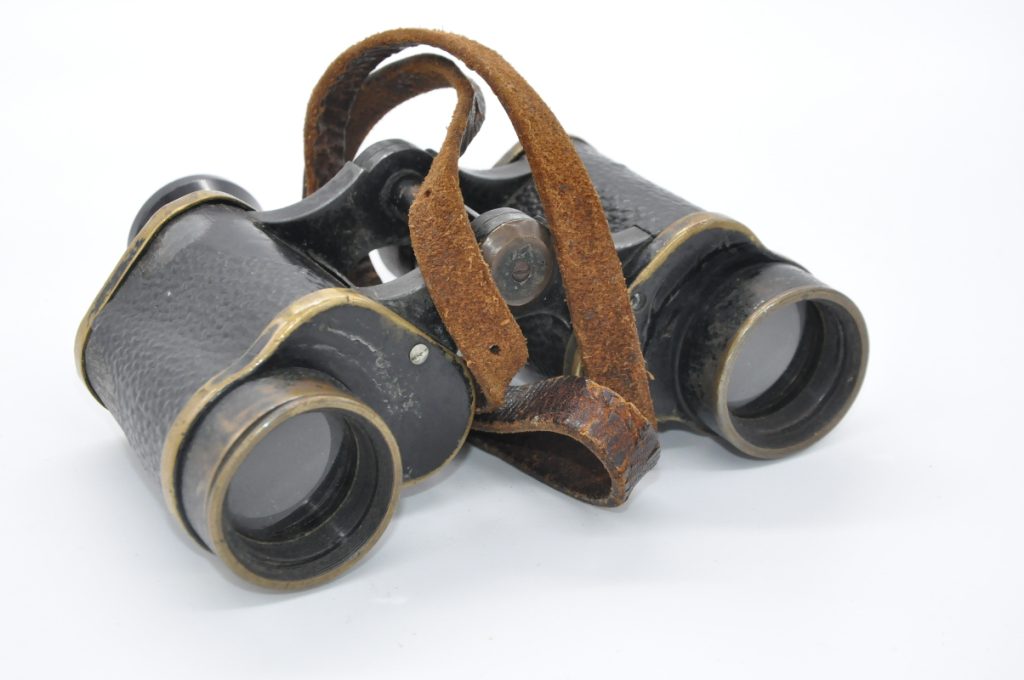
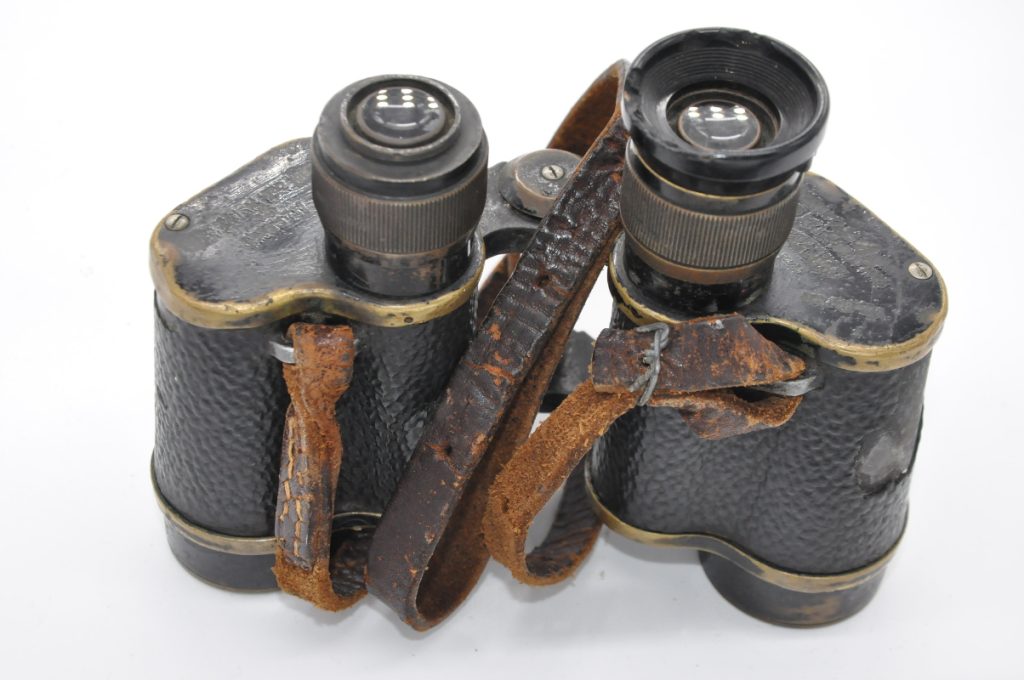
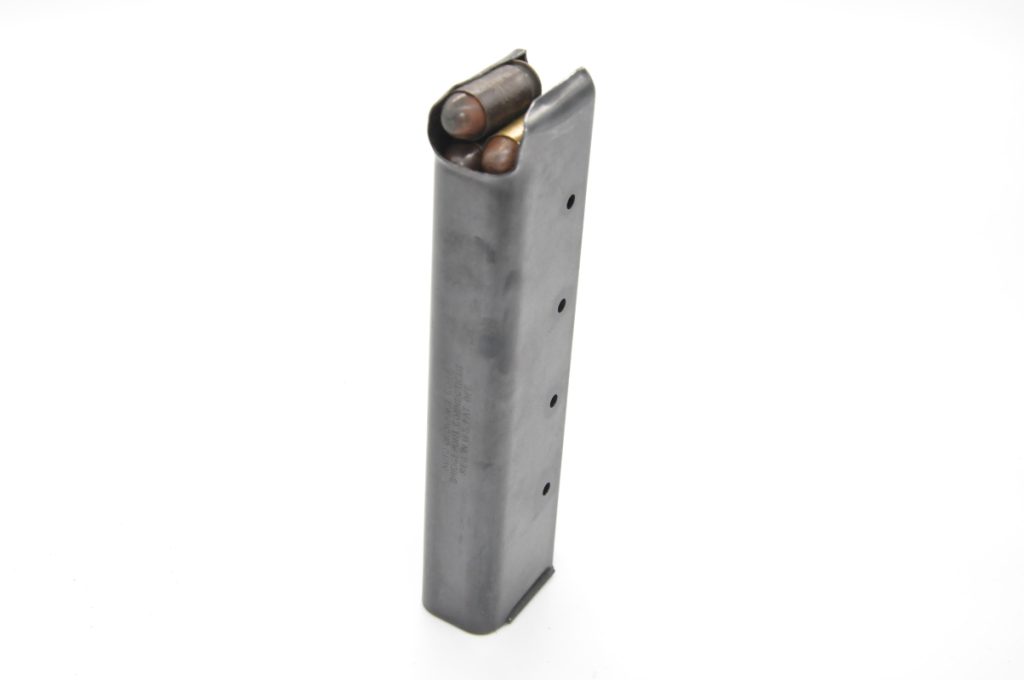
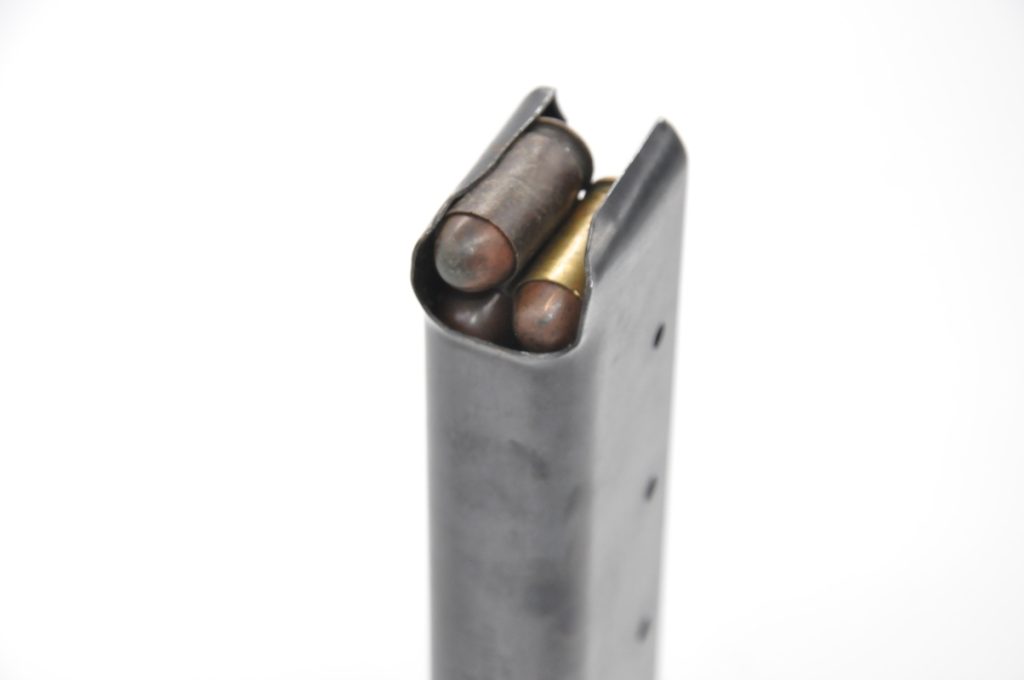
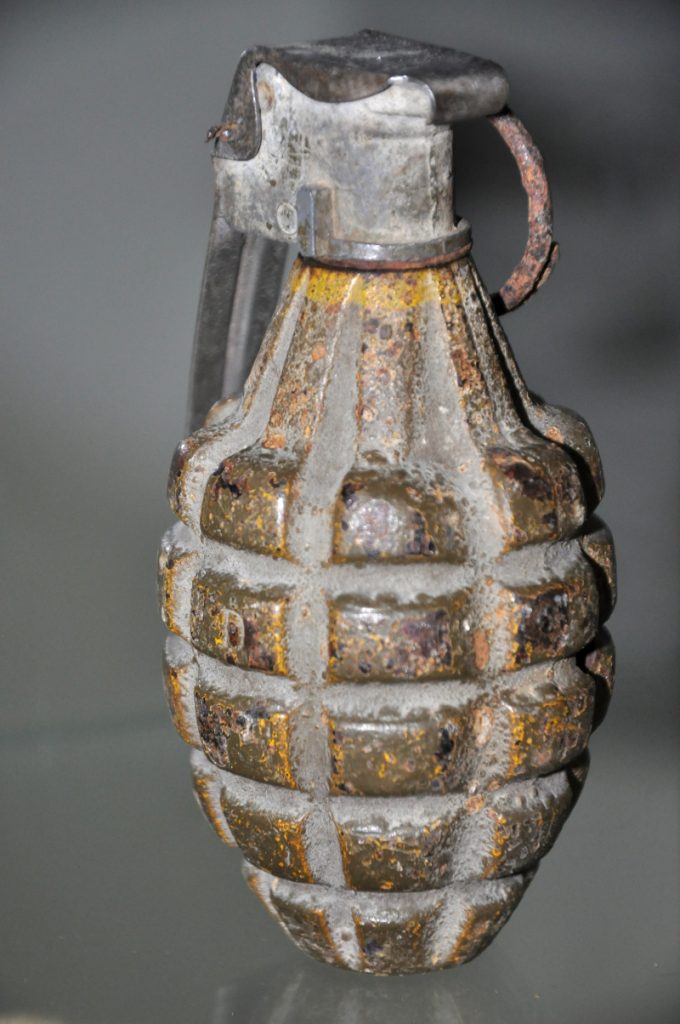
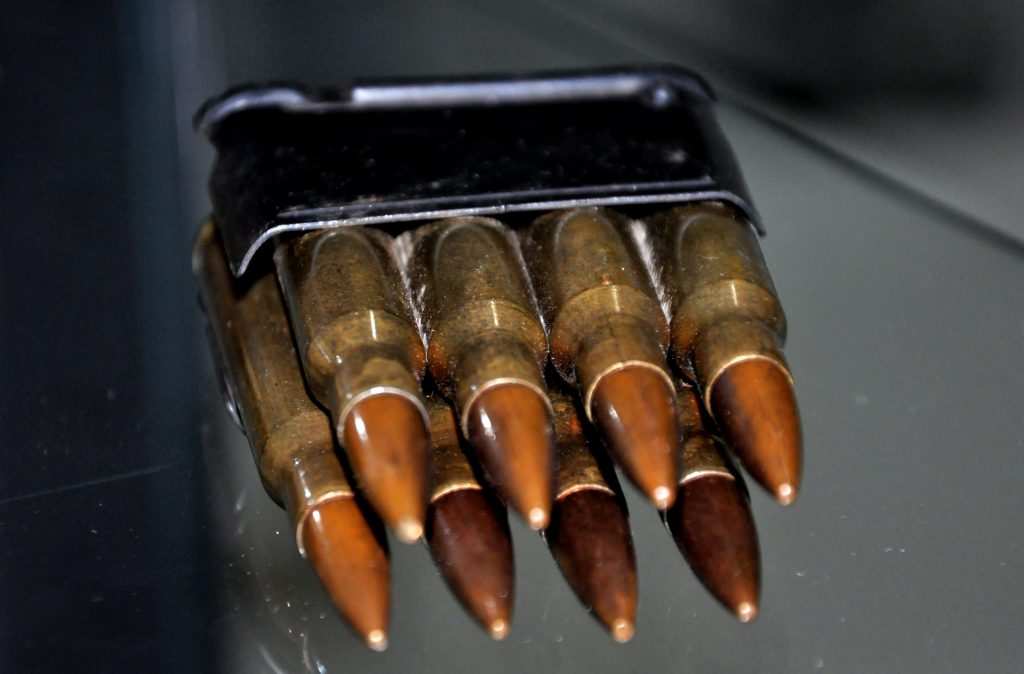
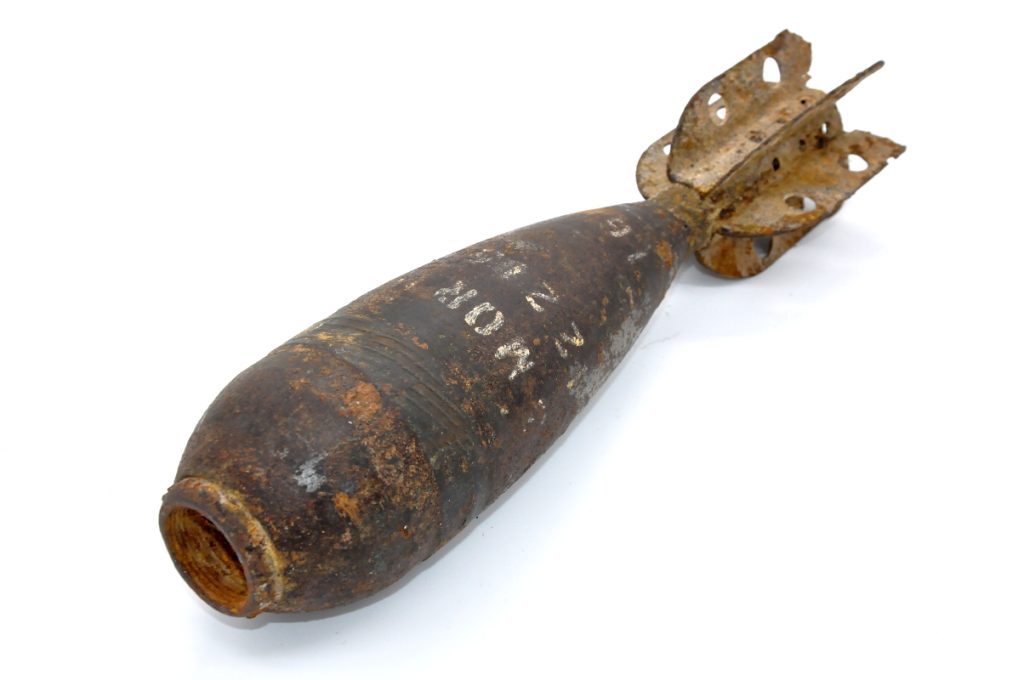
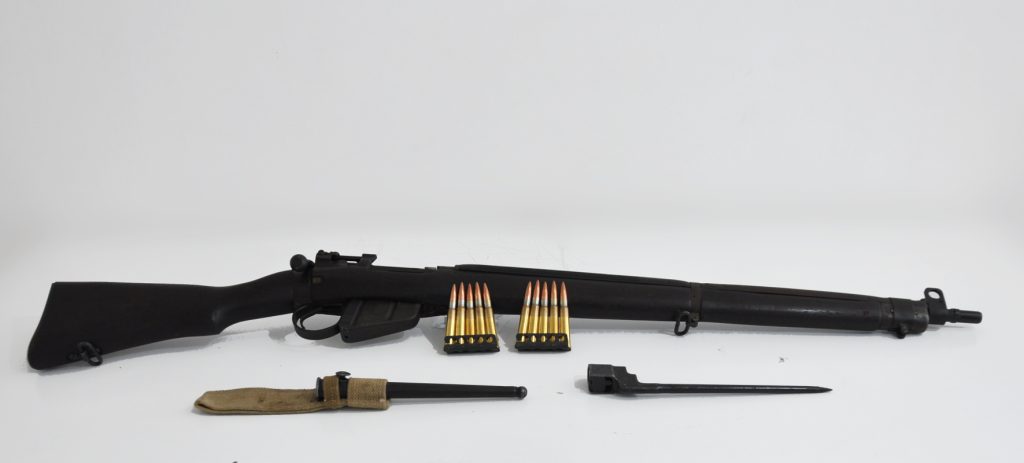
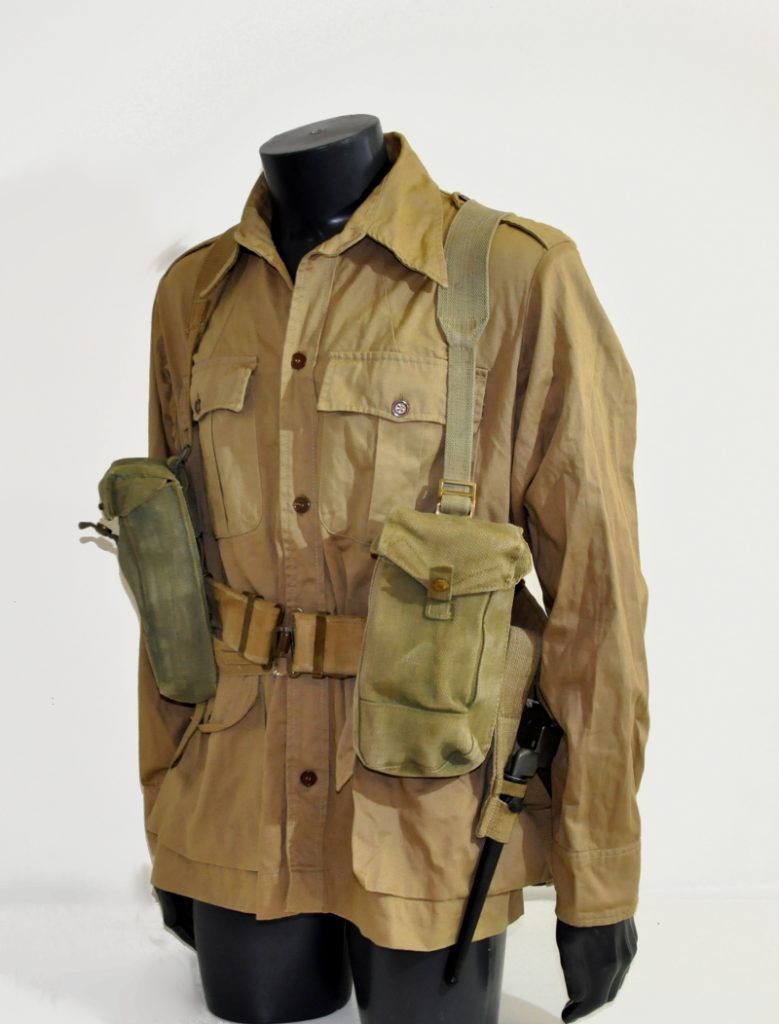
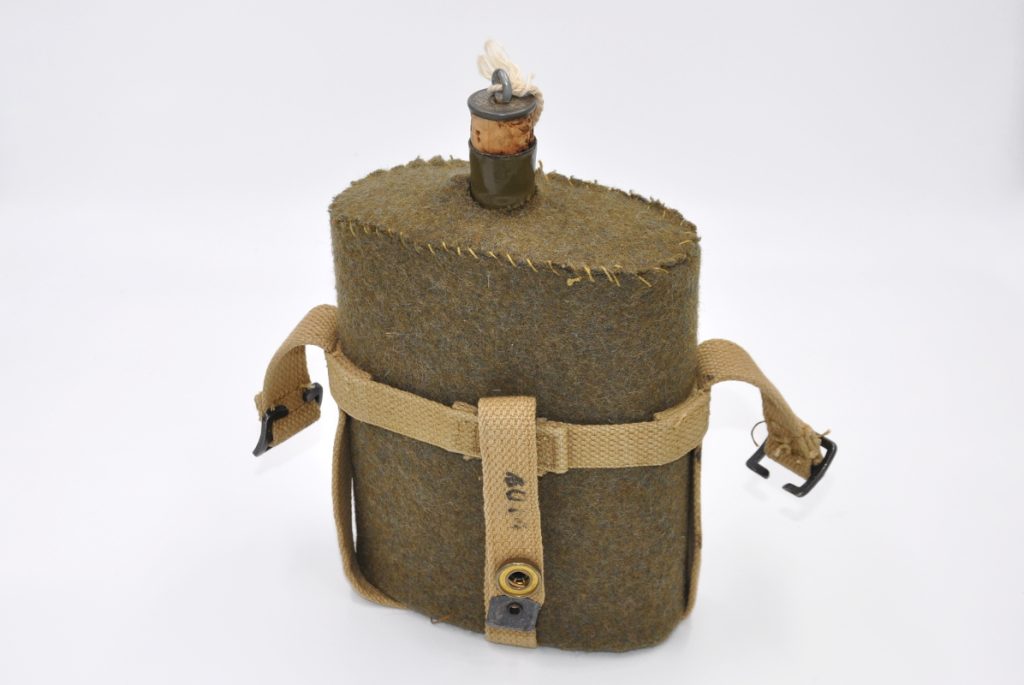
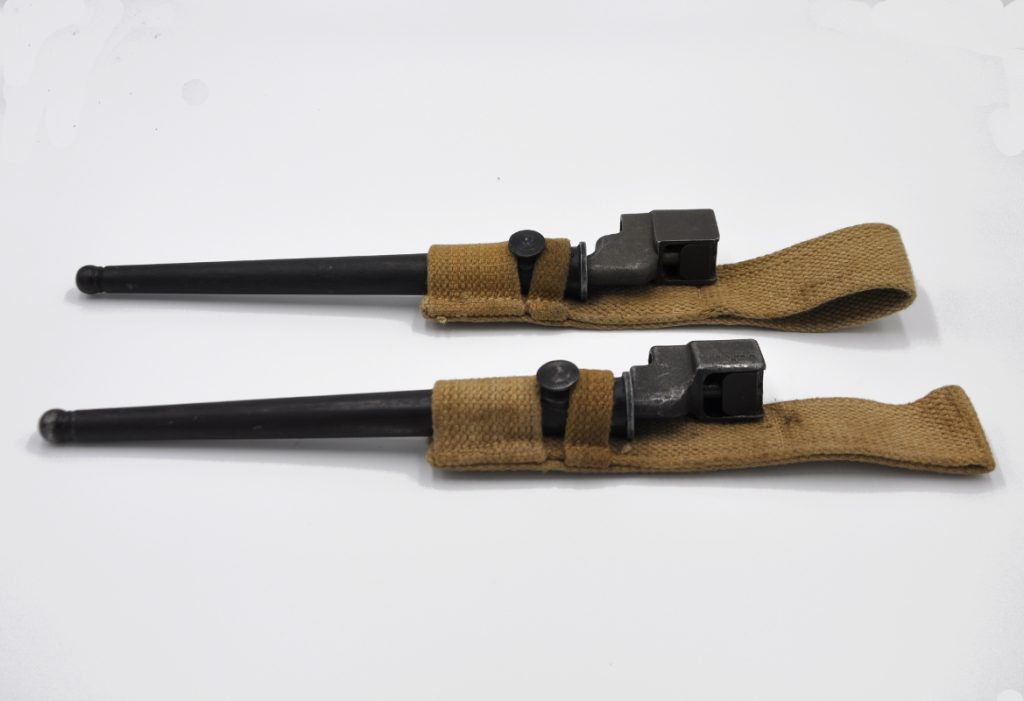
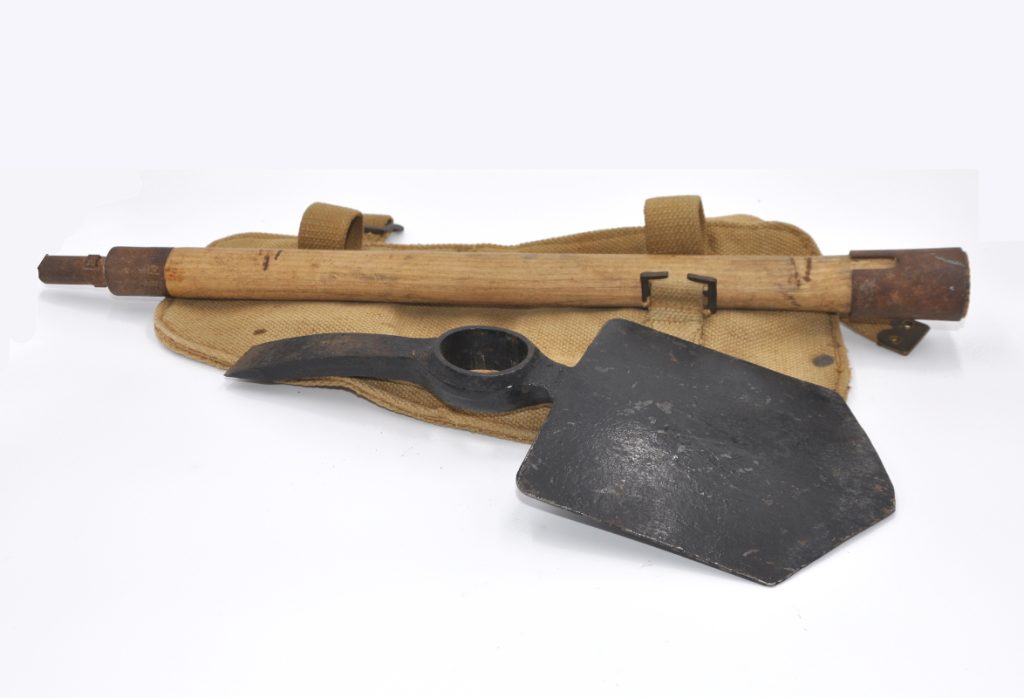
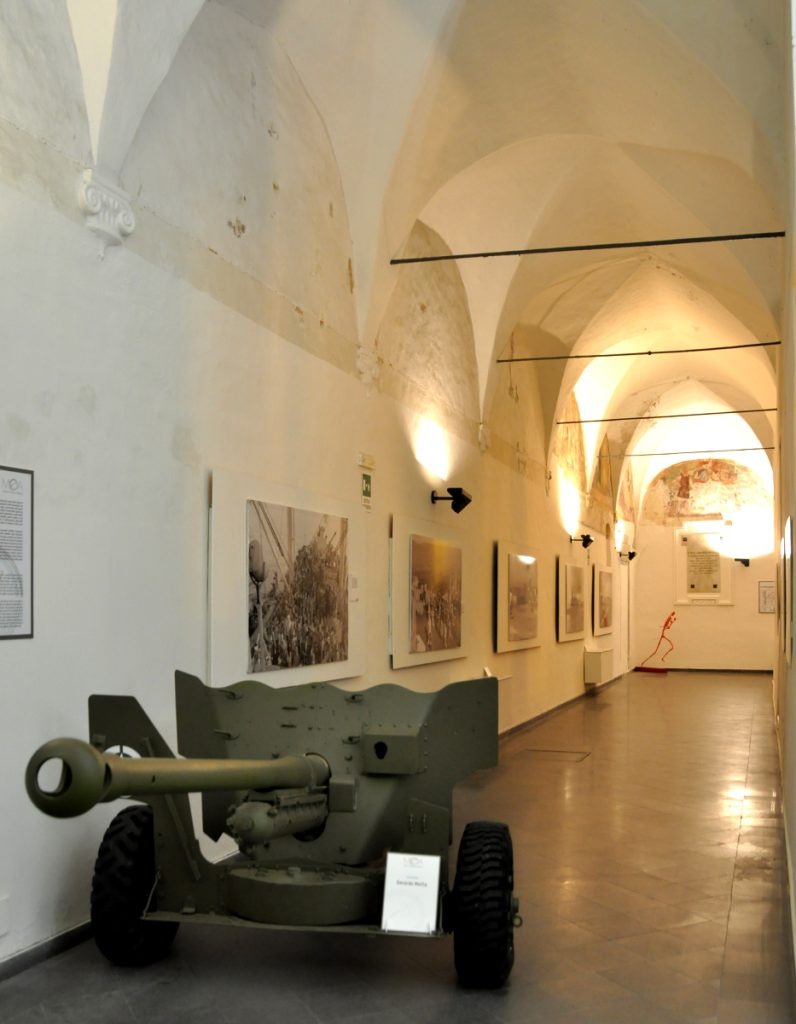



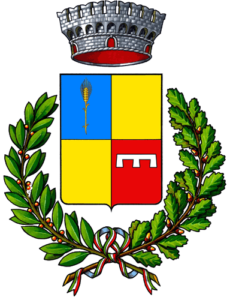 Città di Battipaglia
Città di Battipaglia